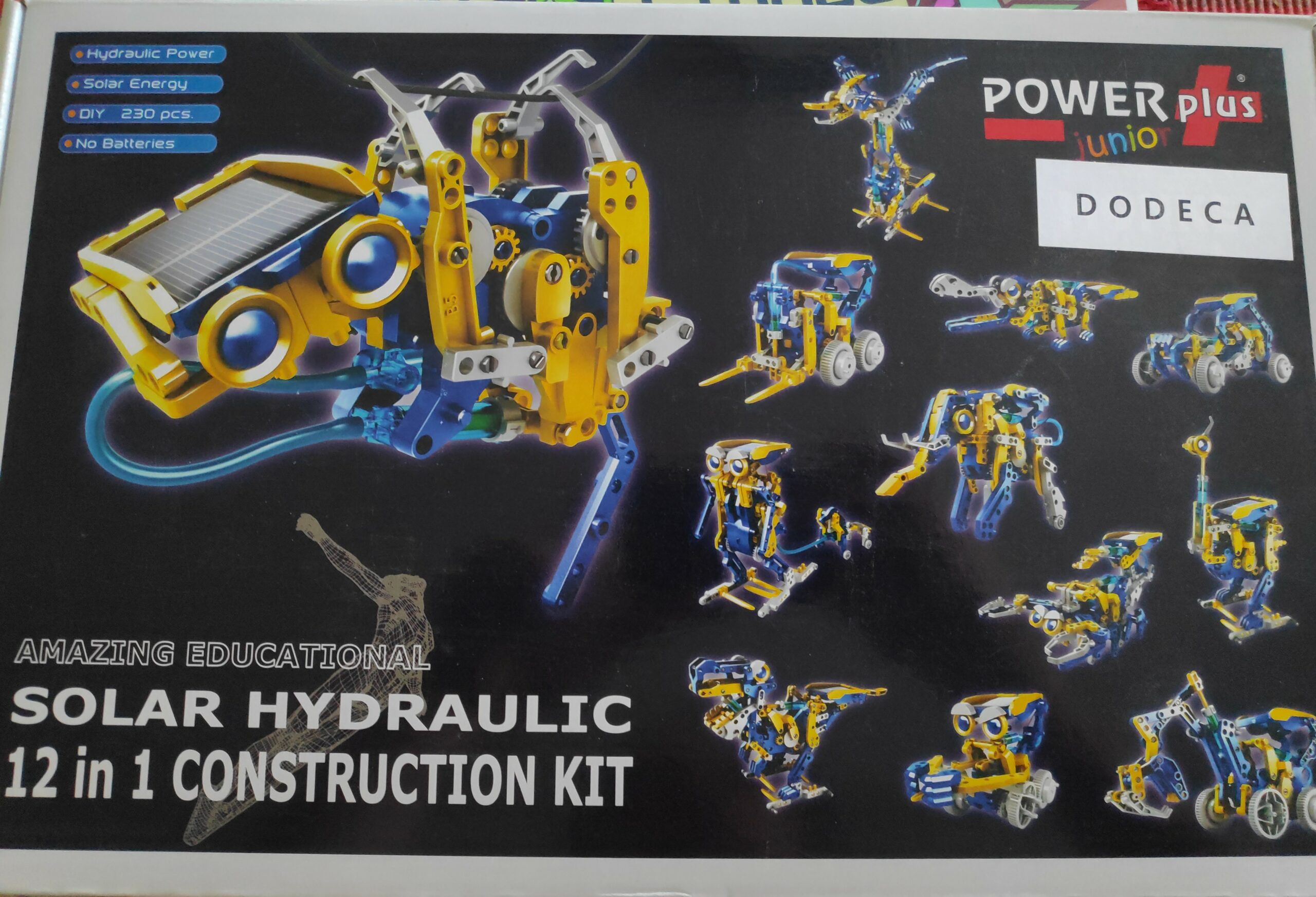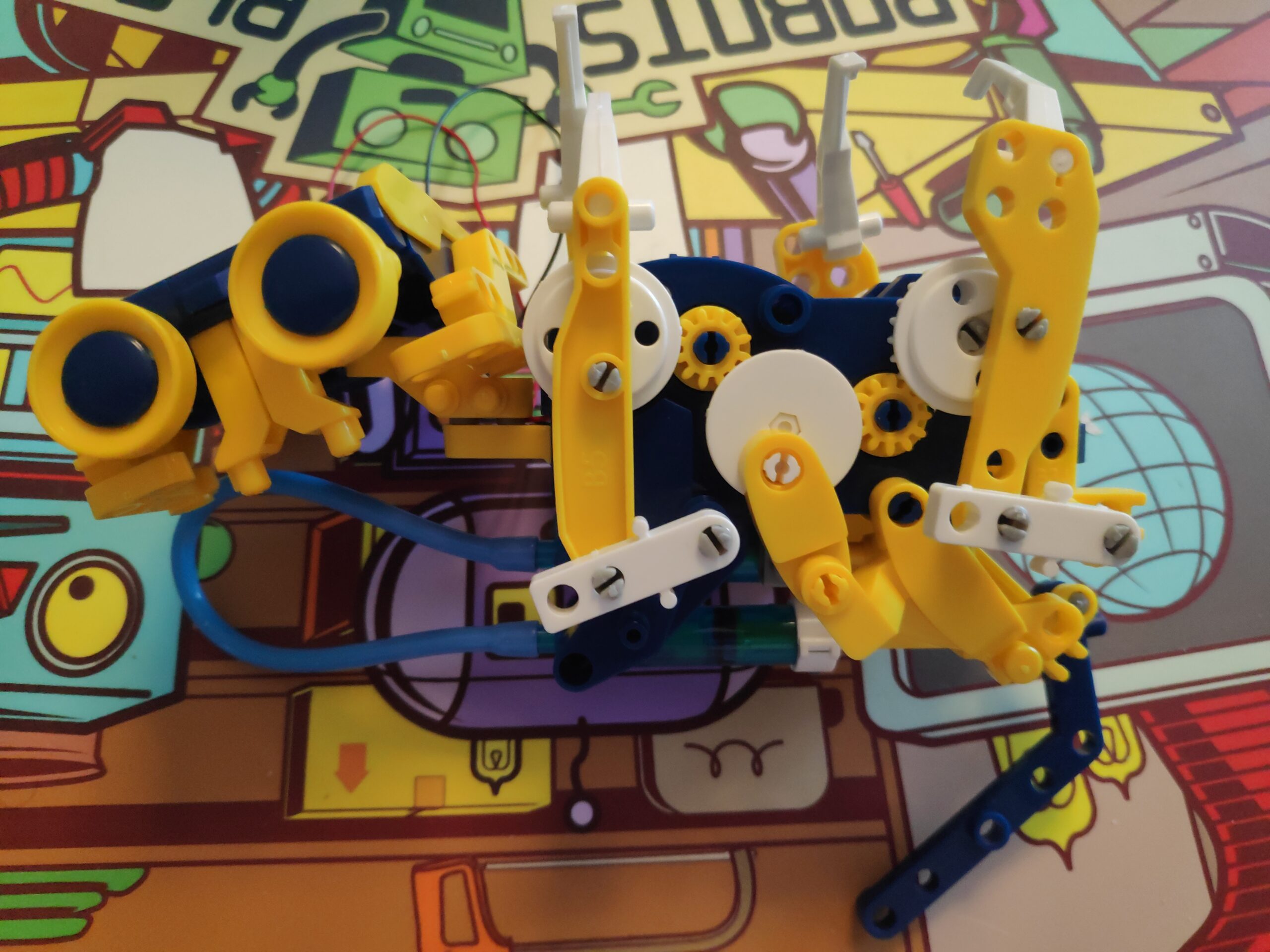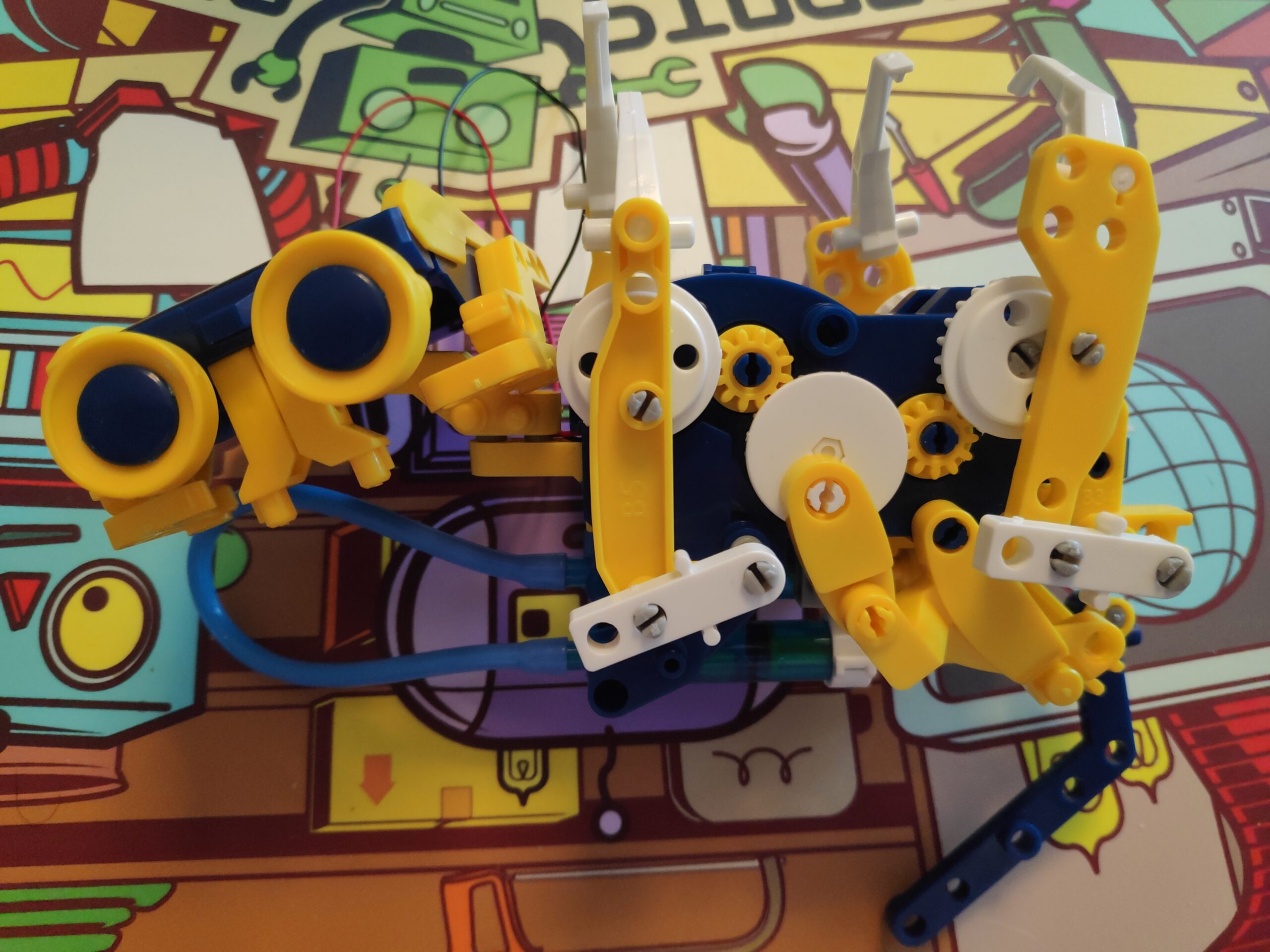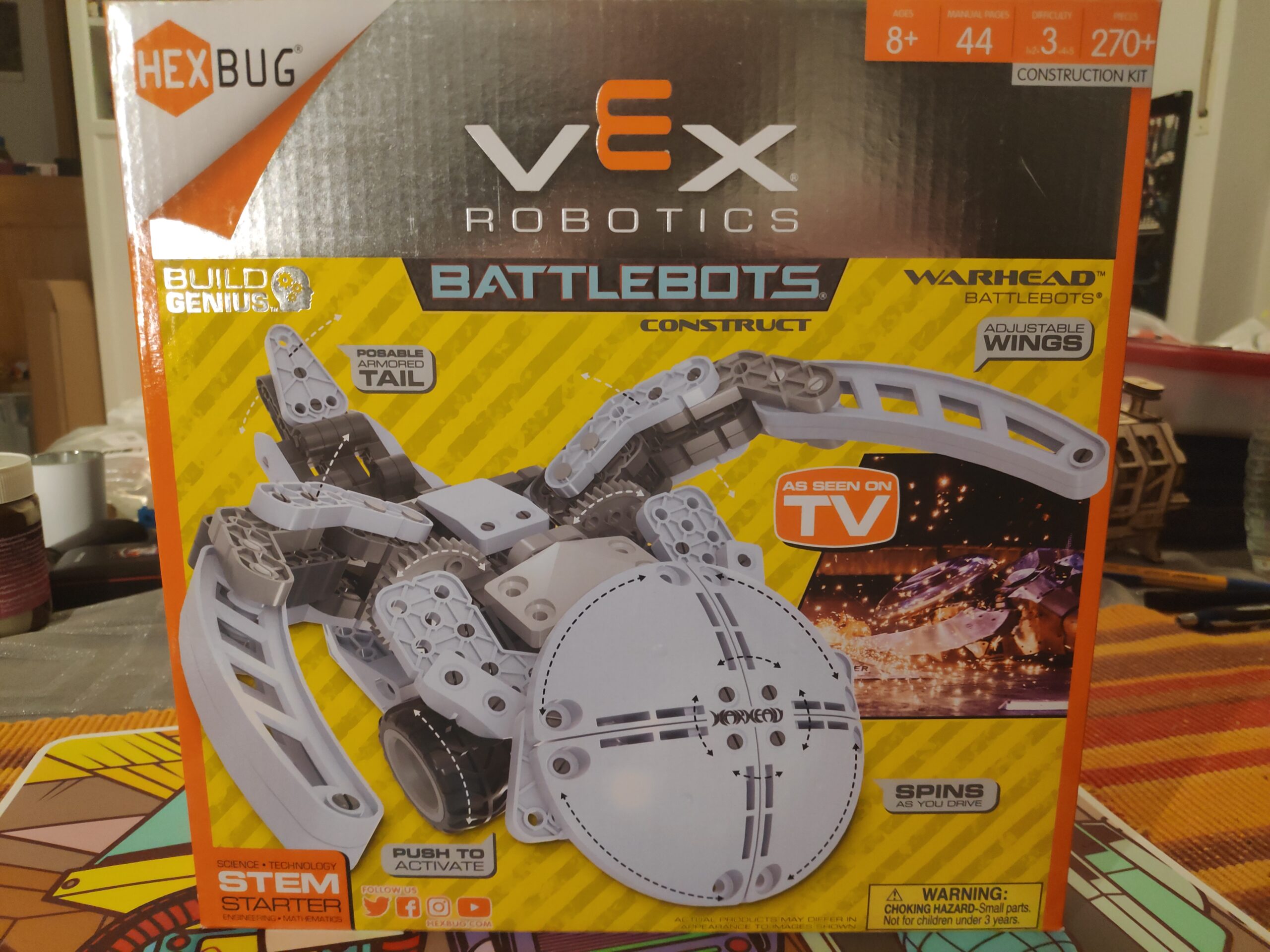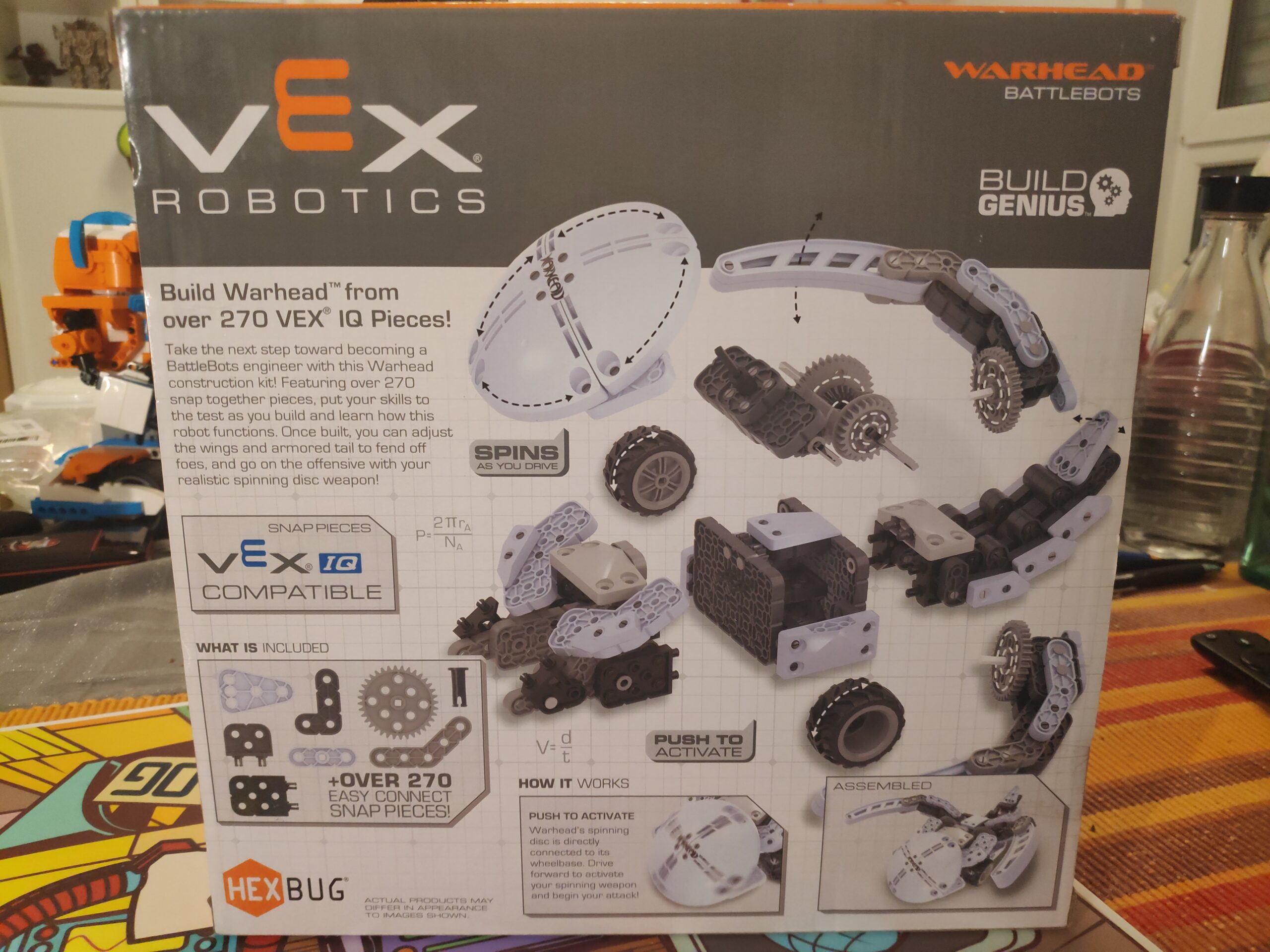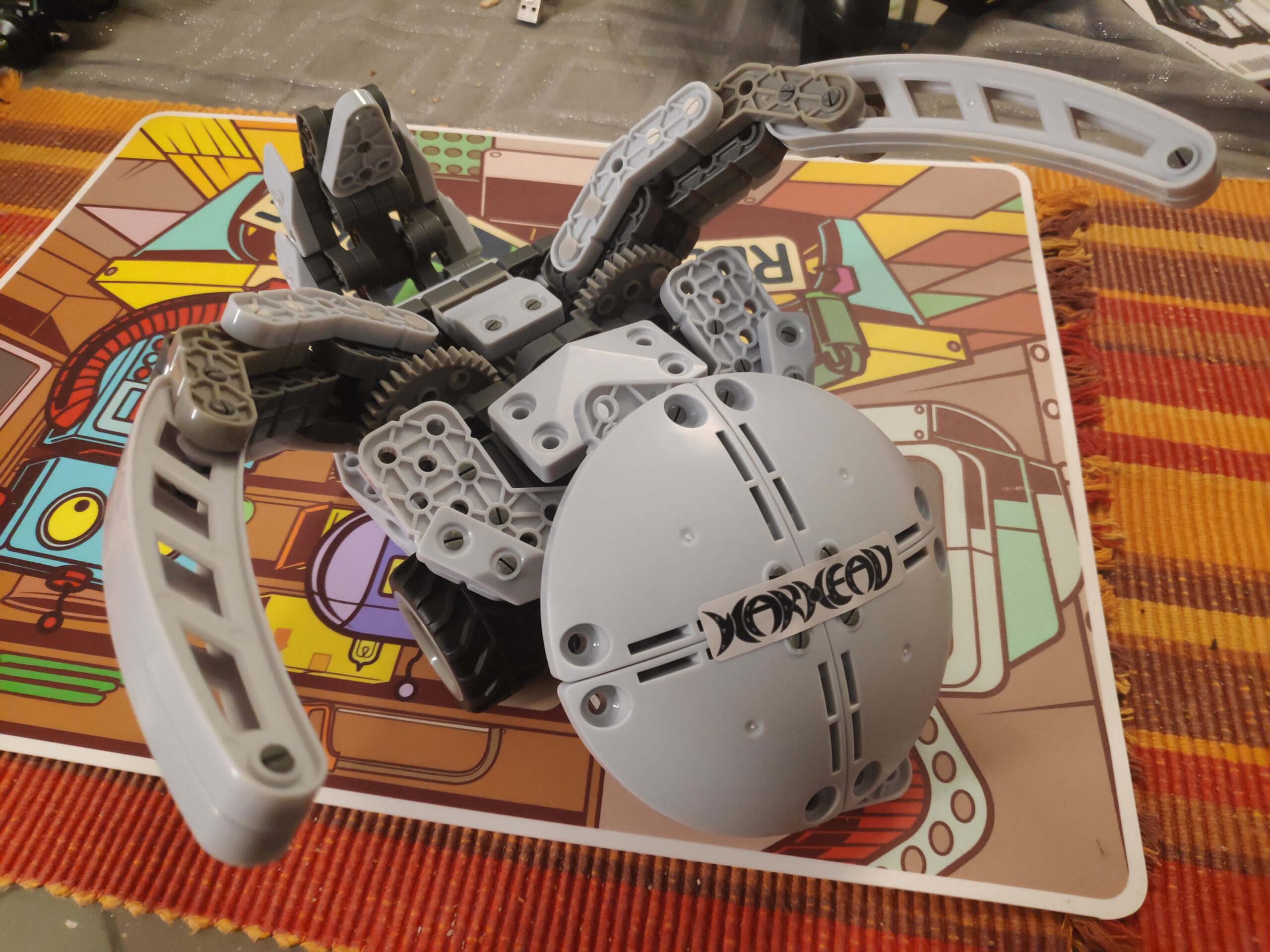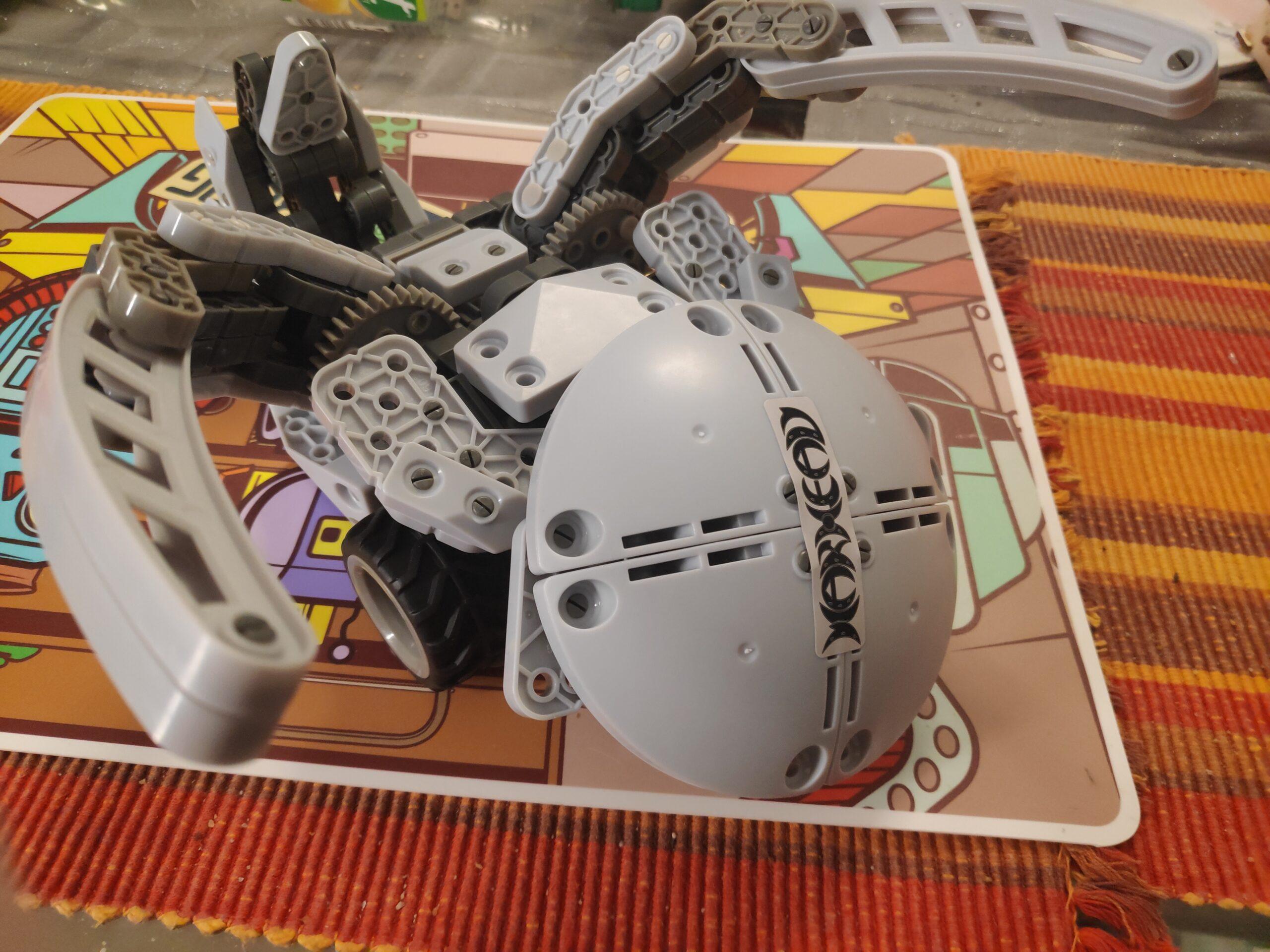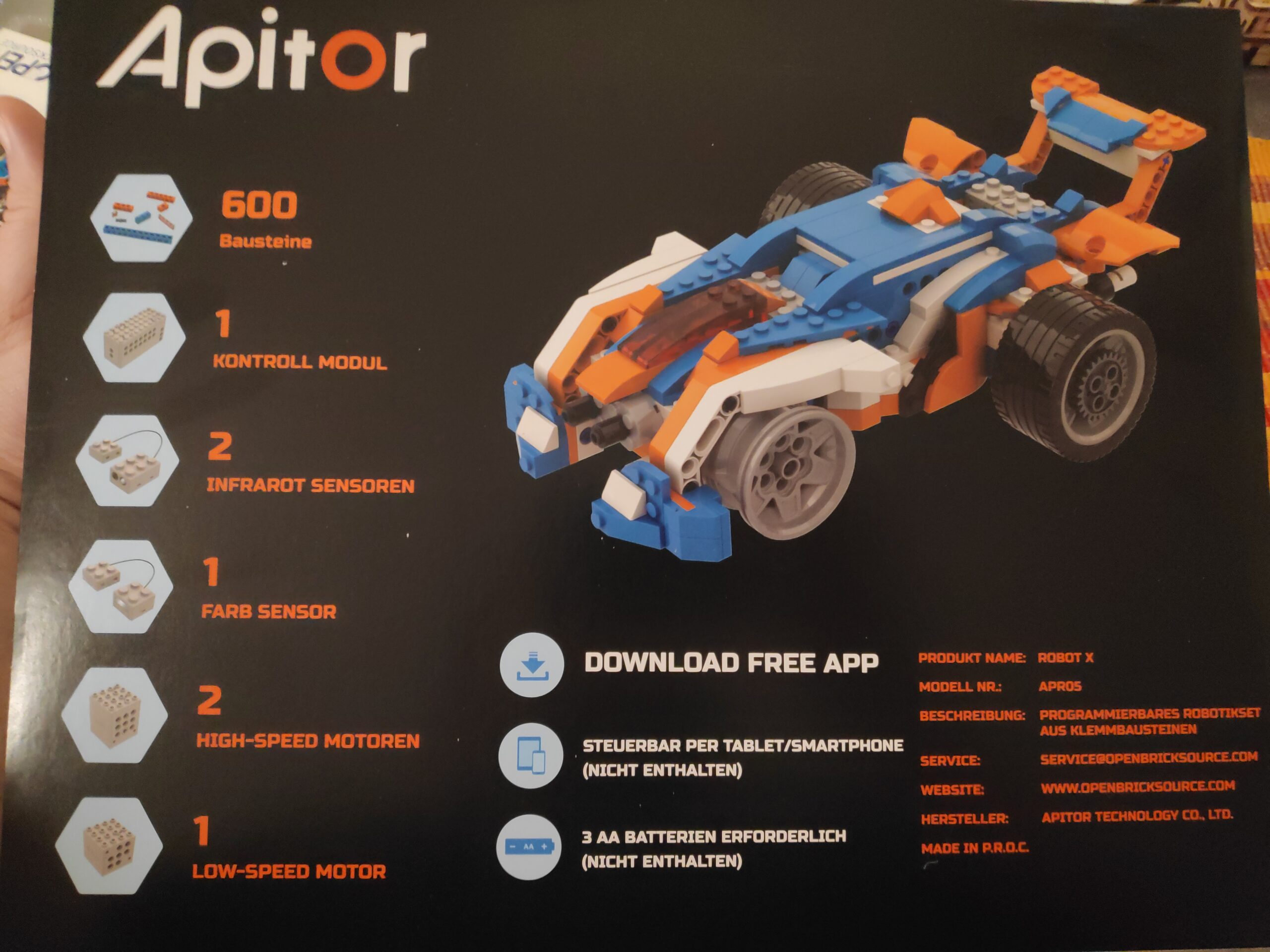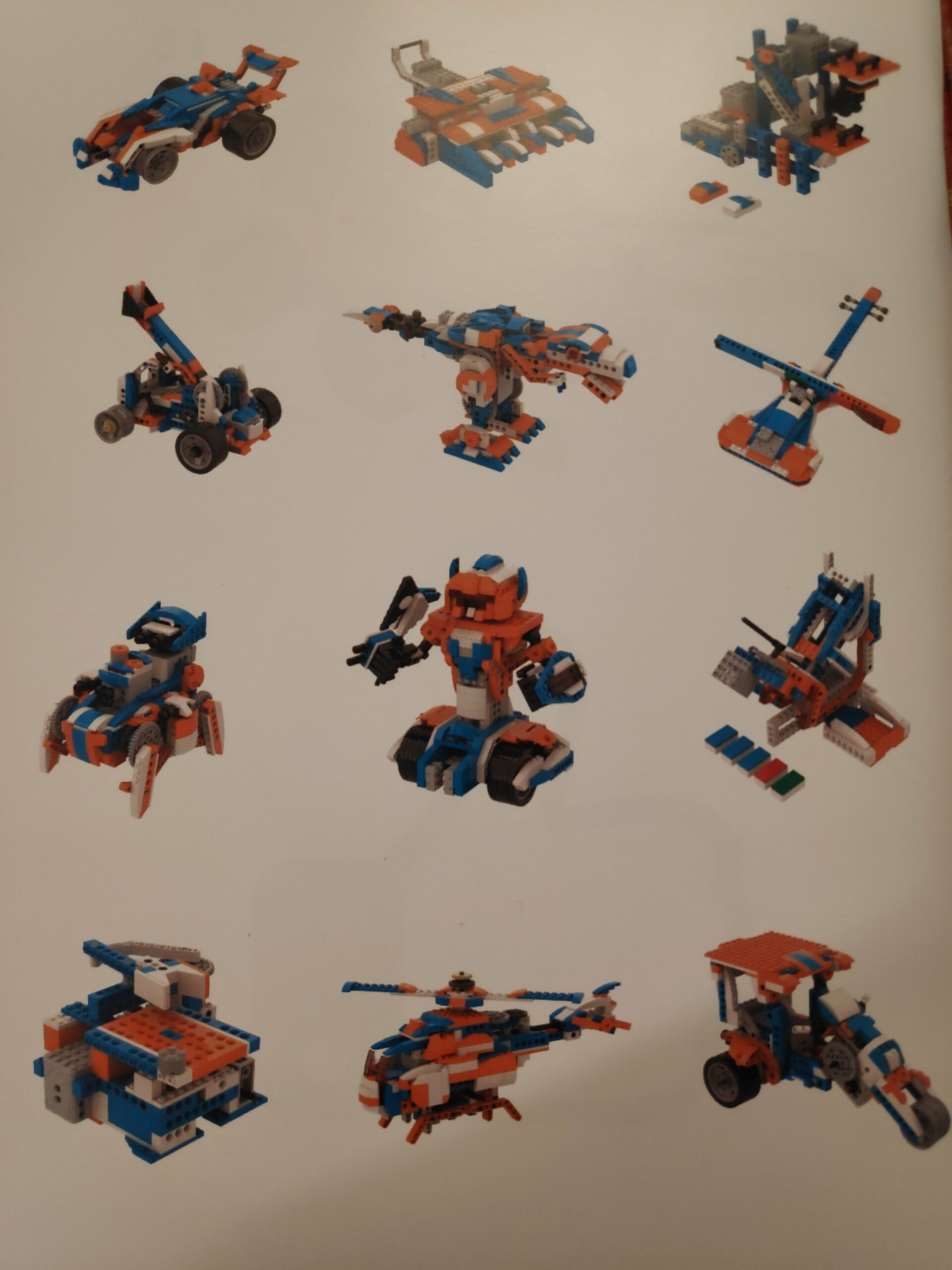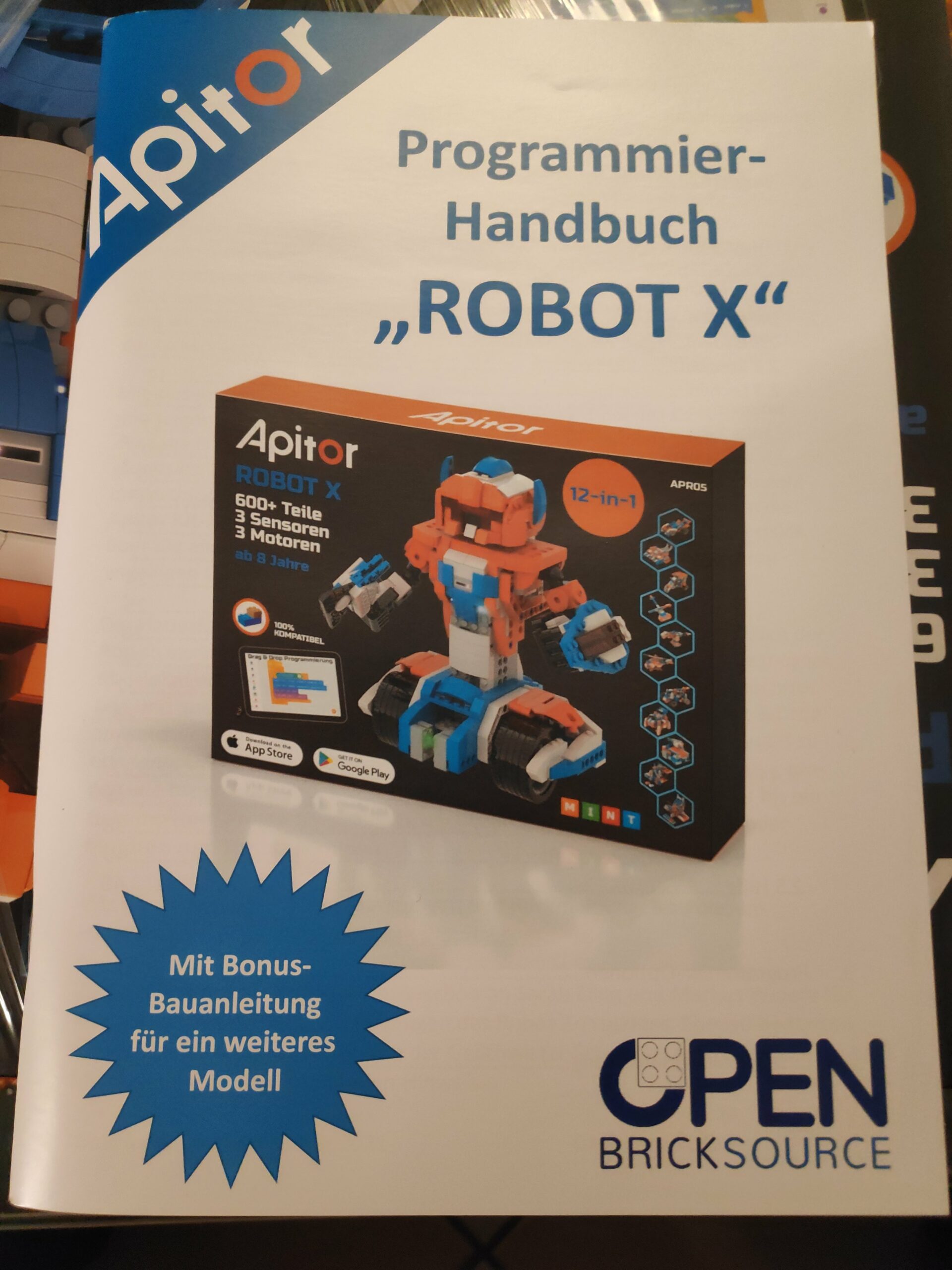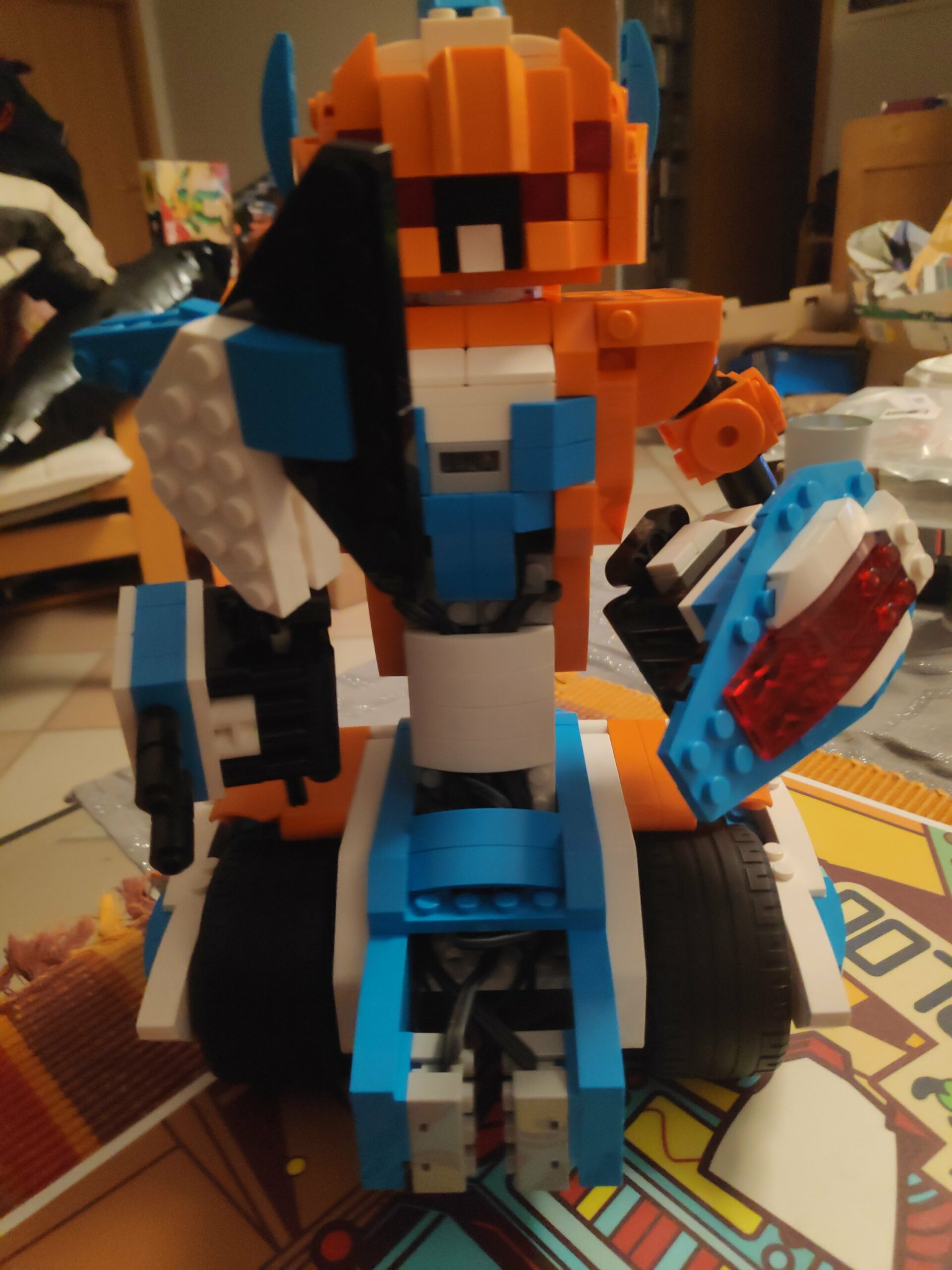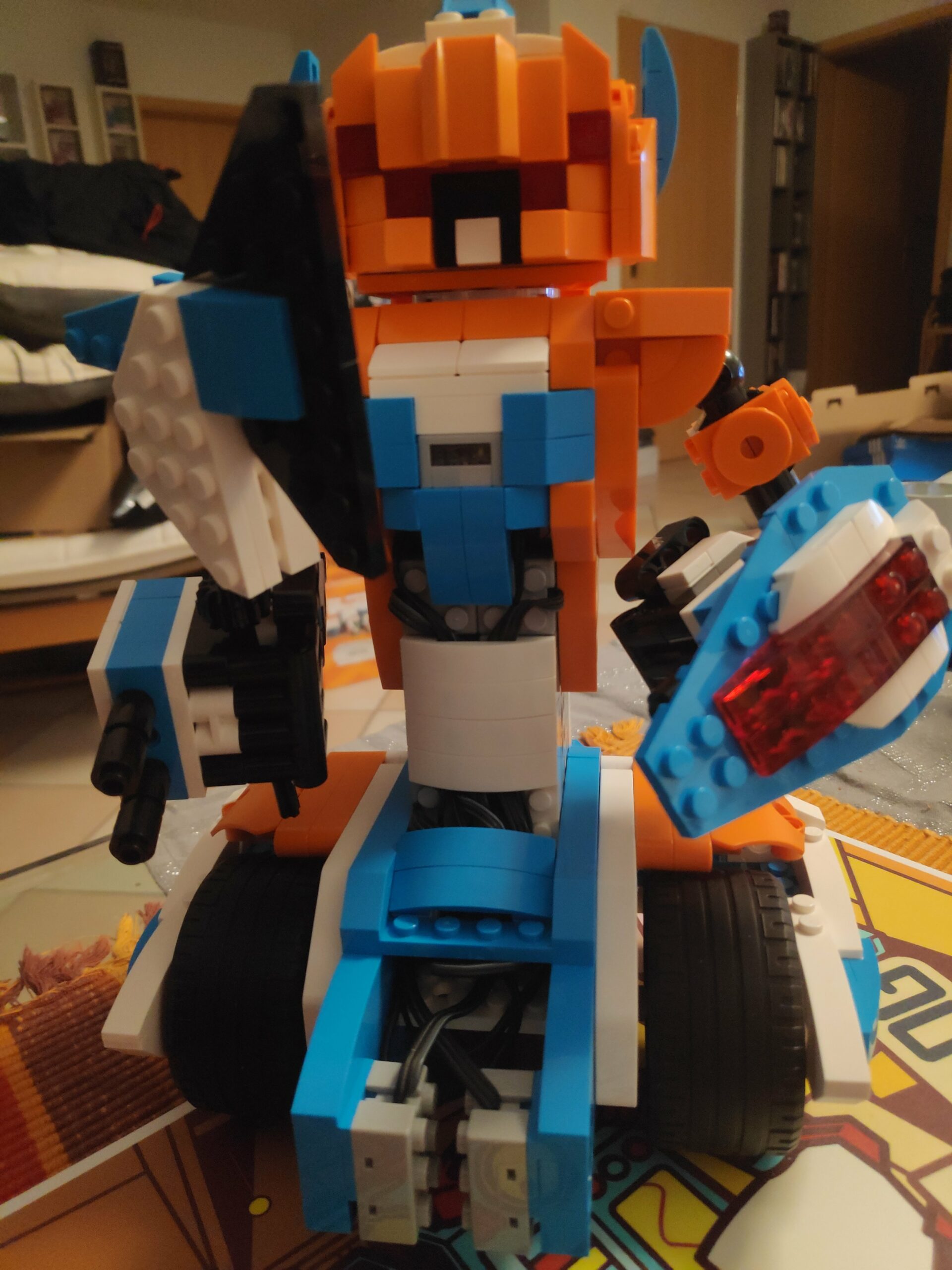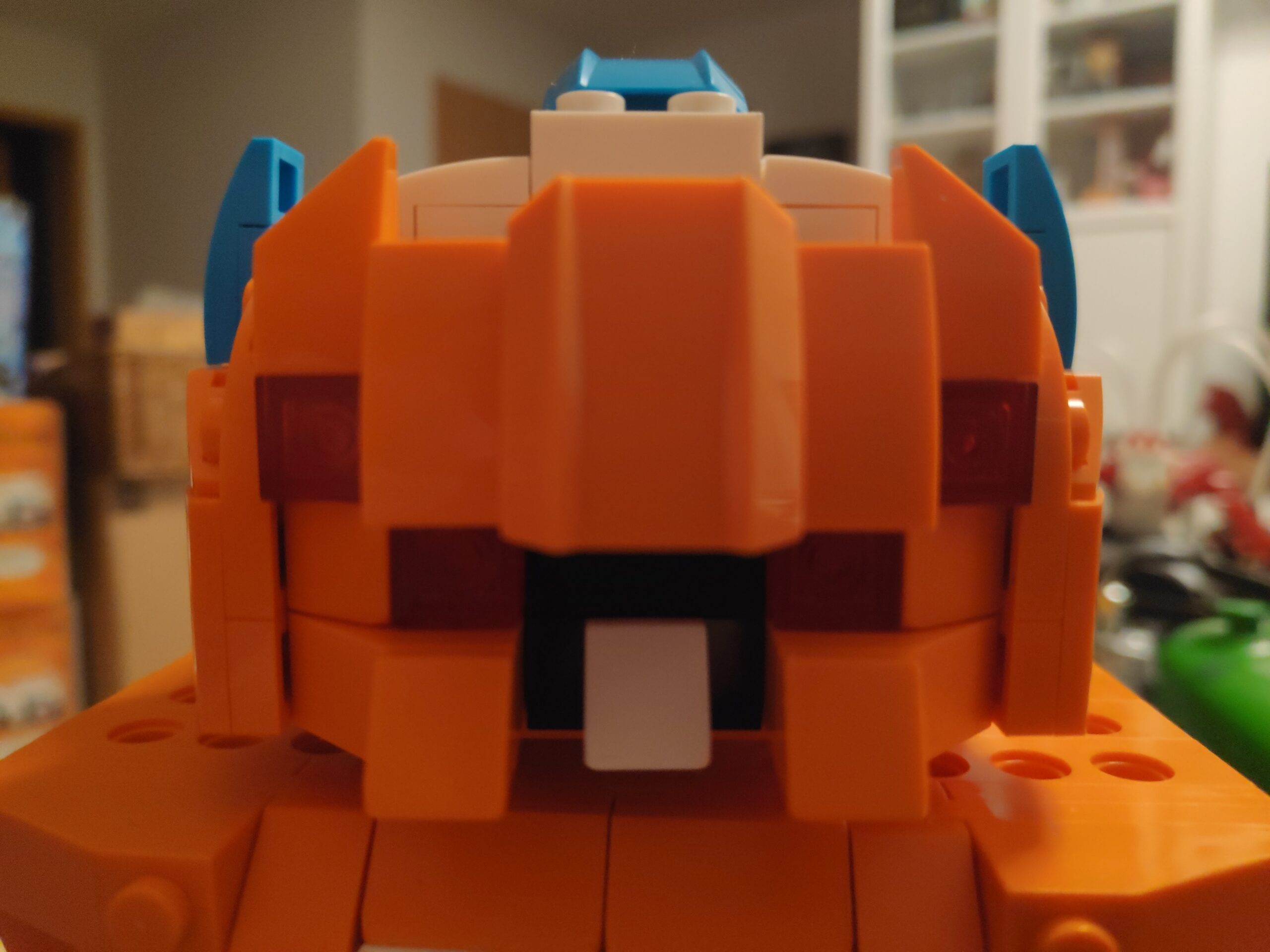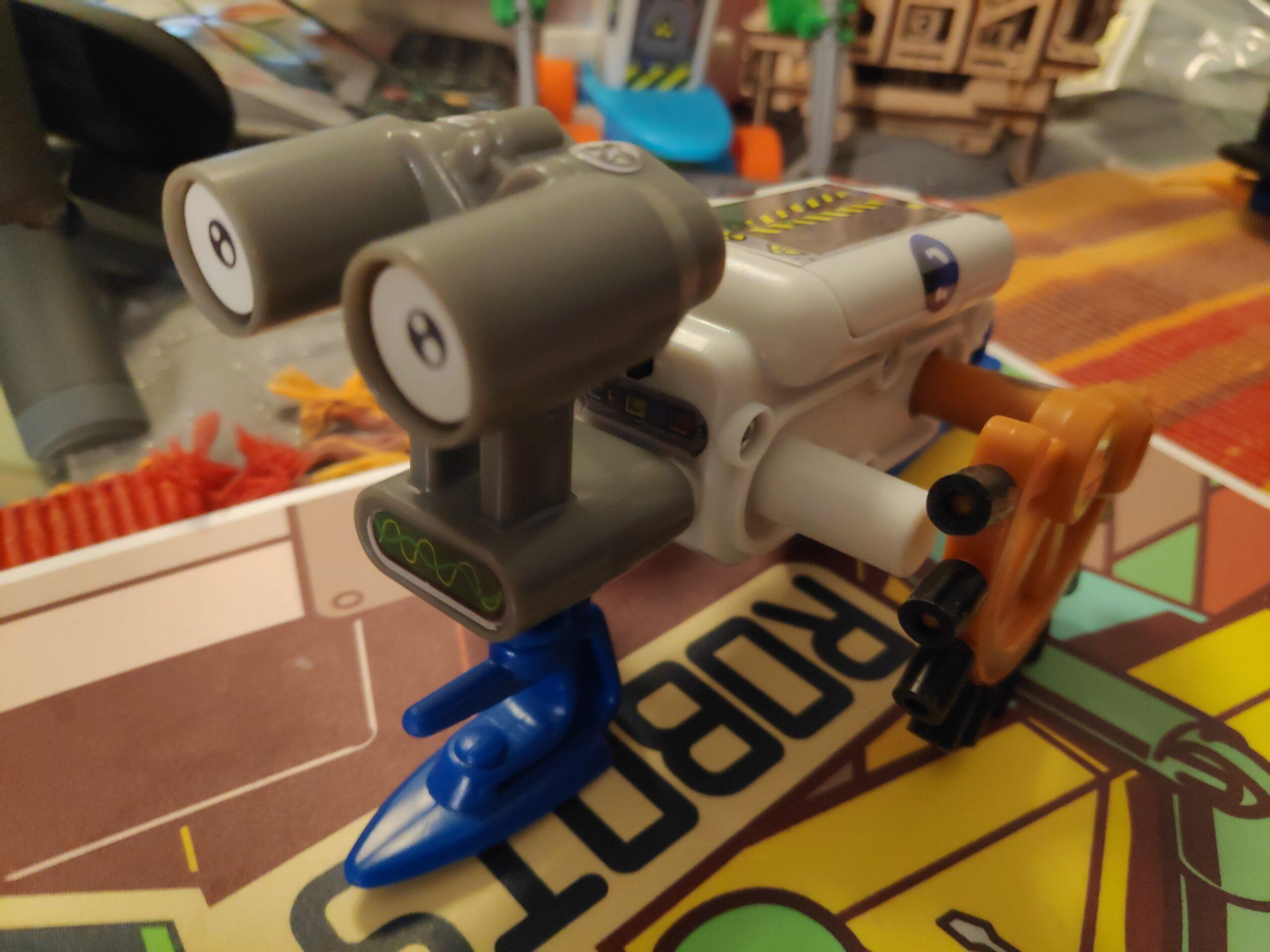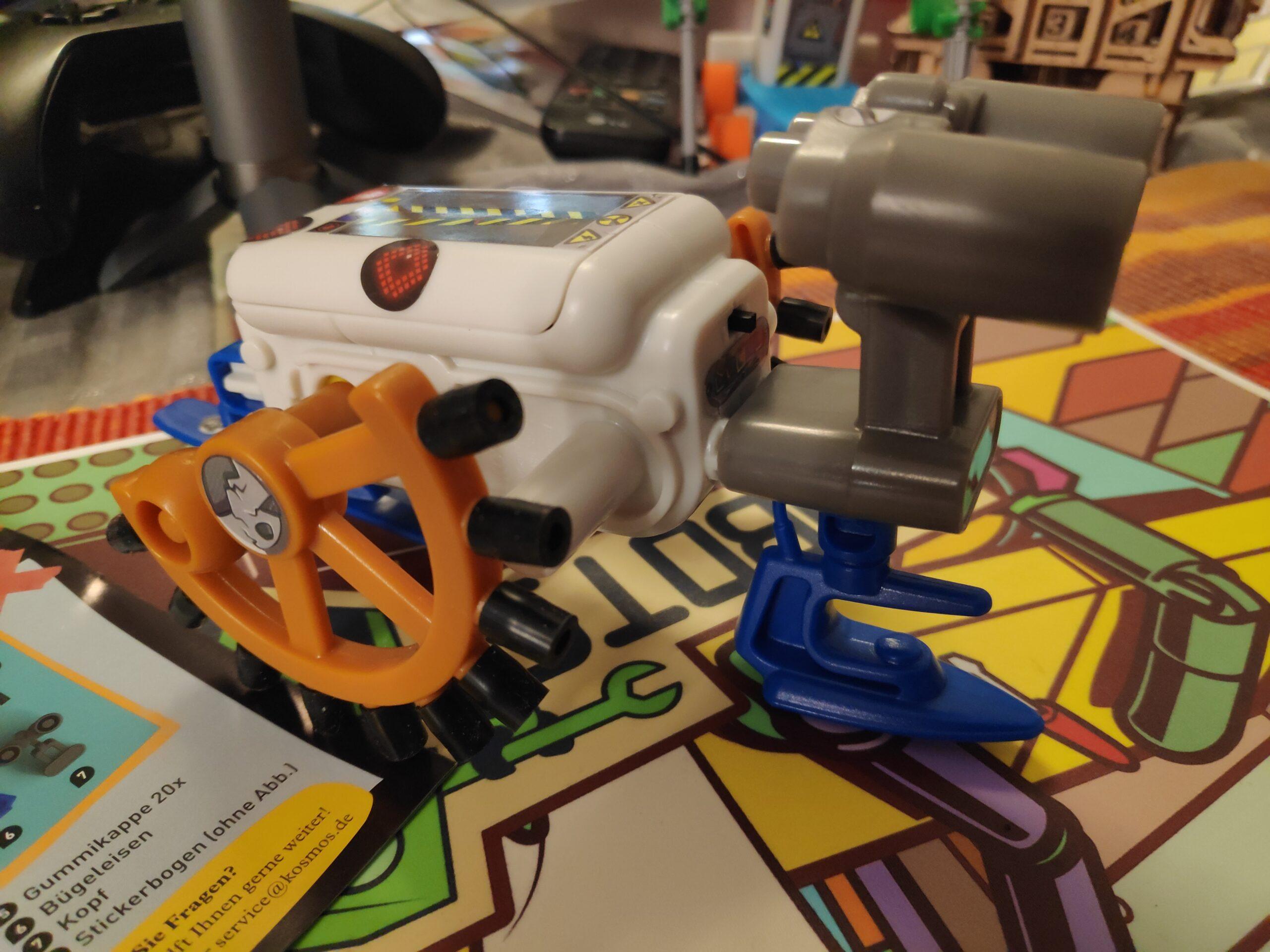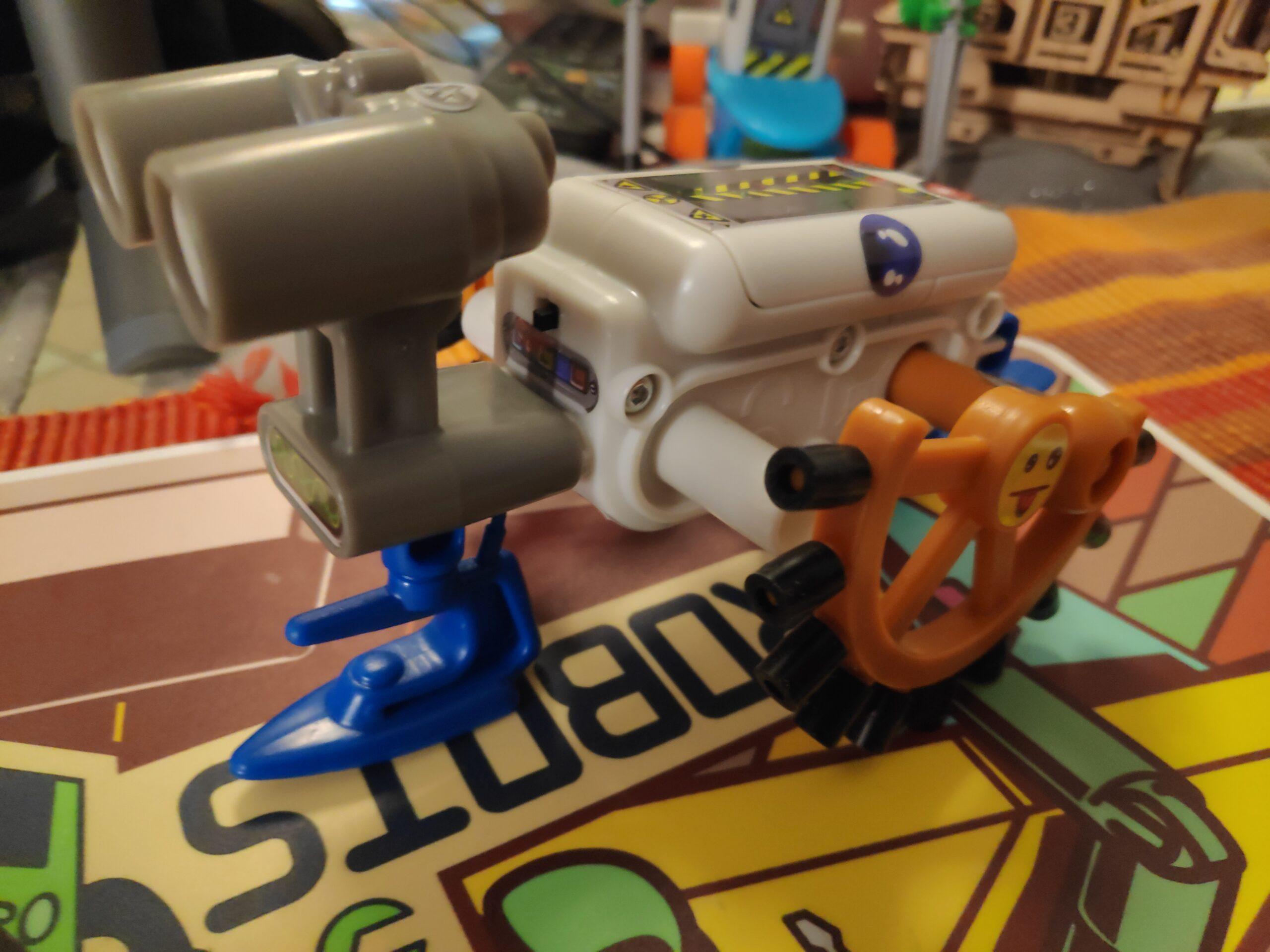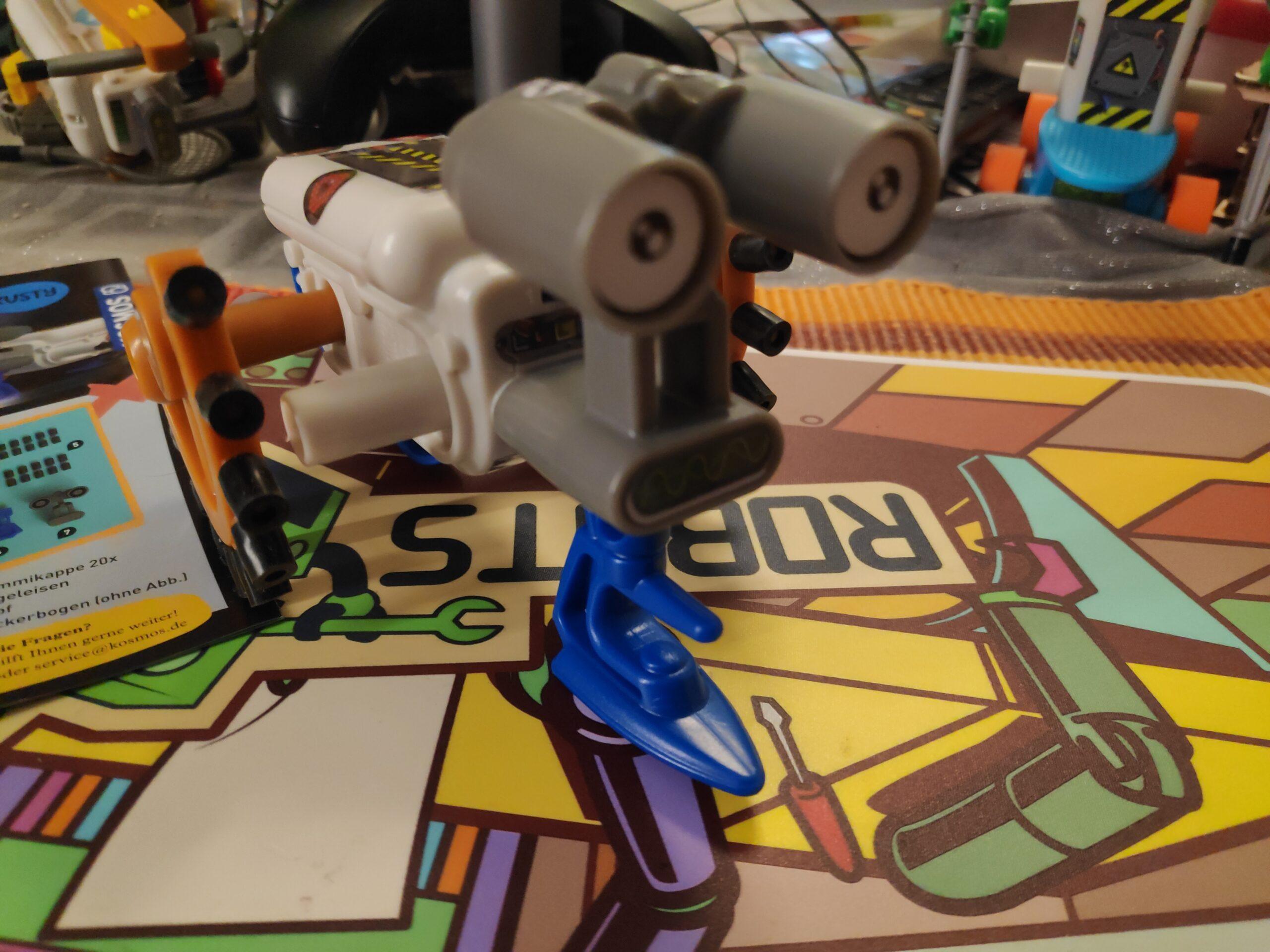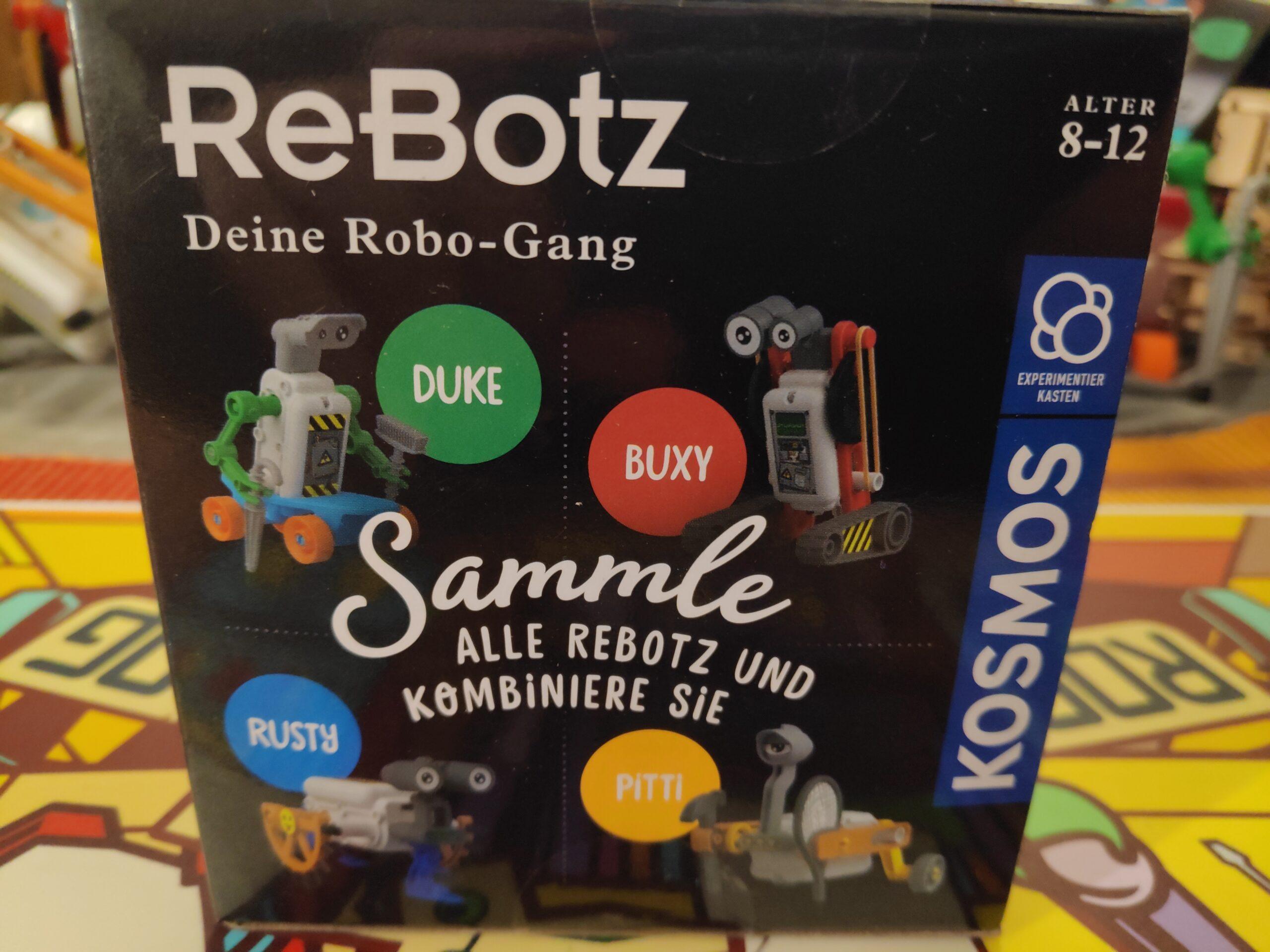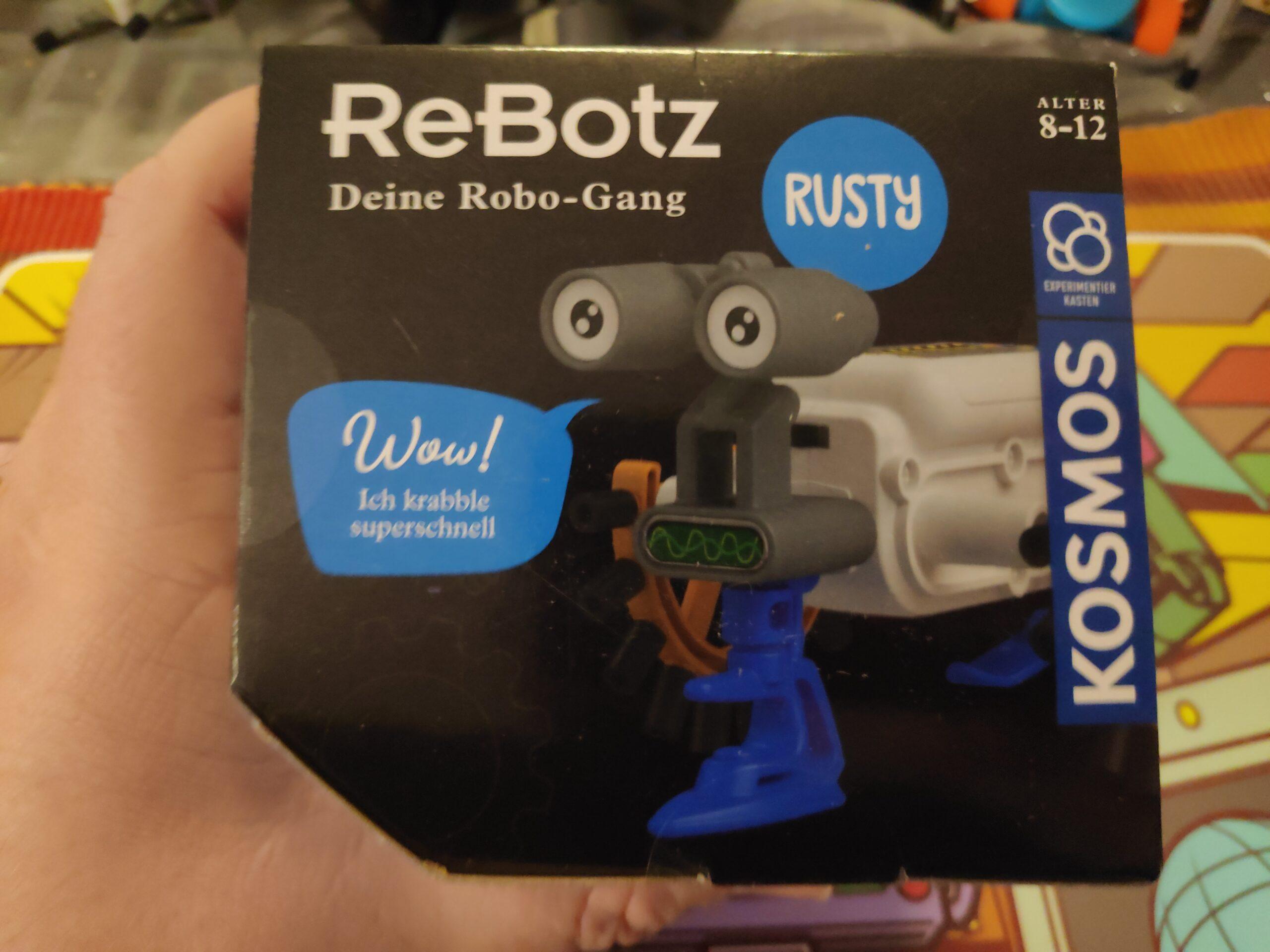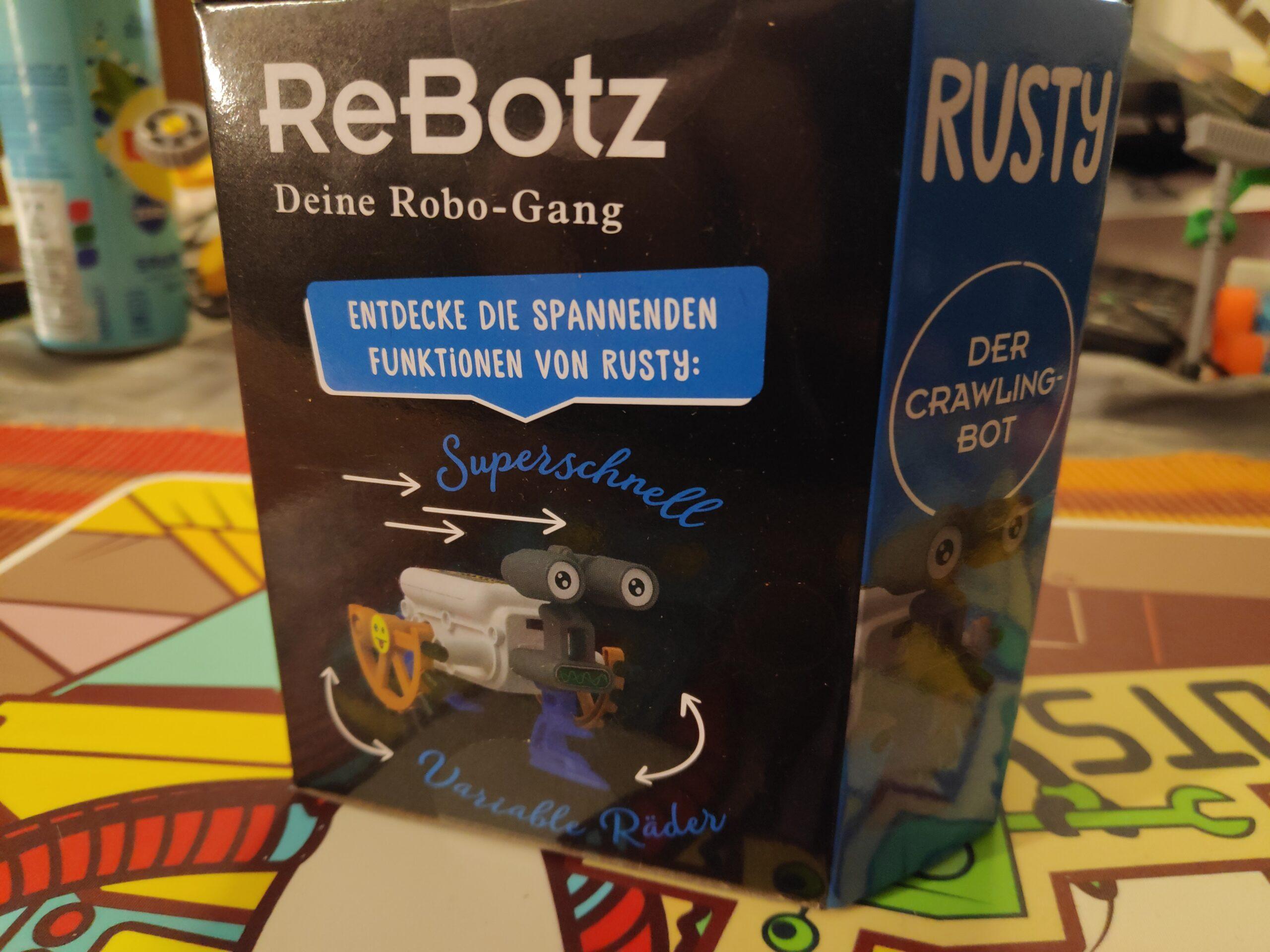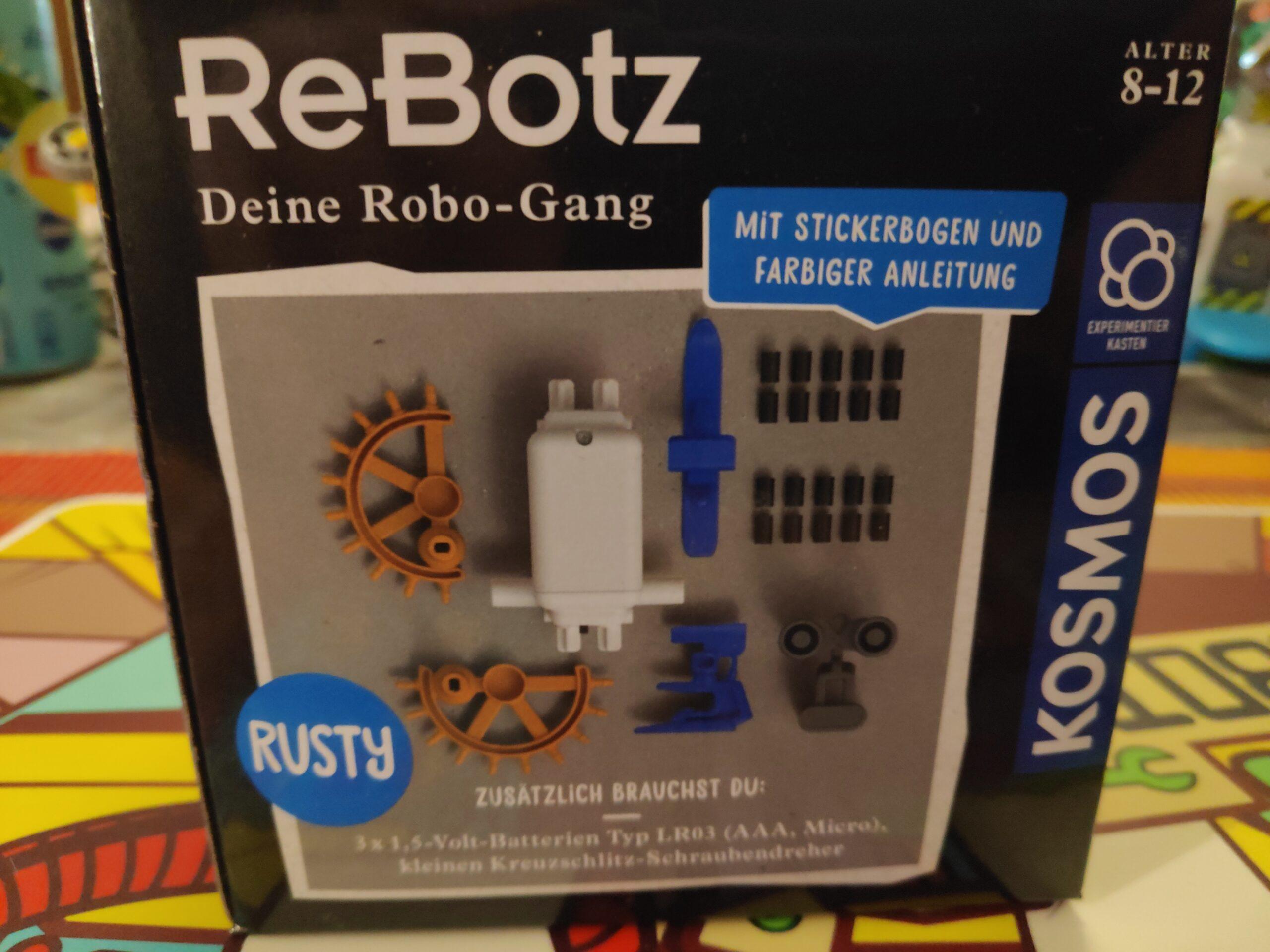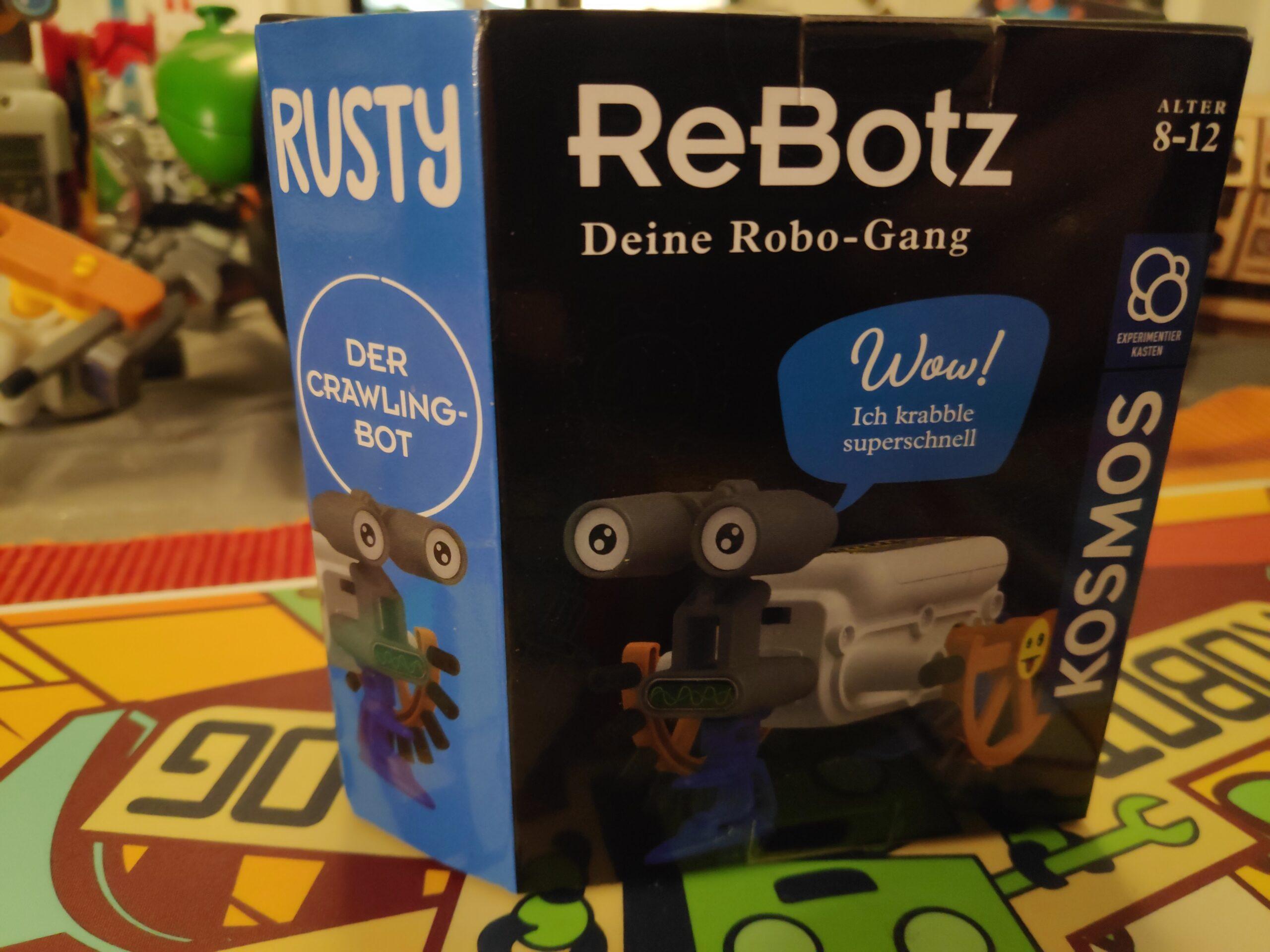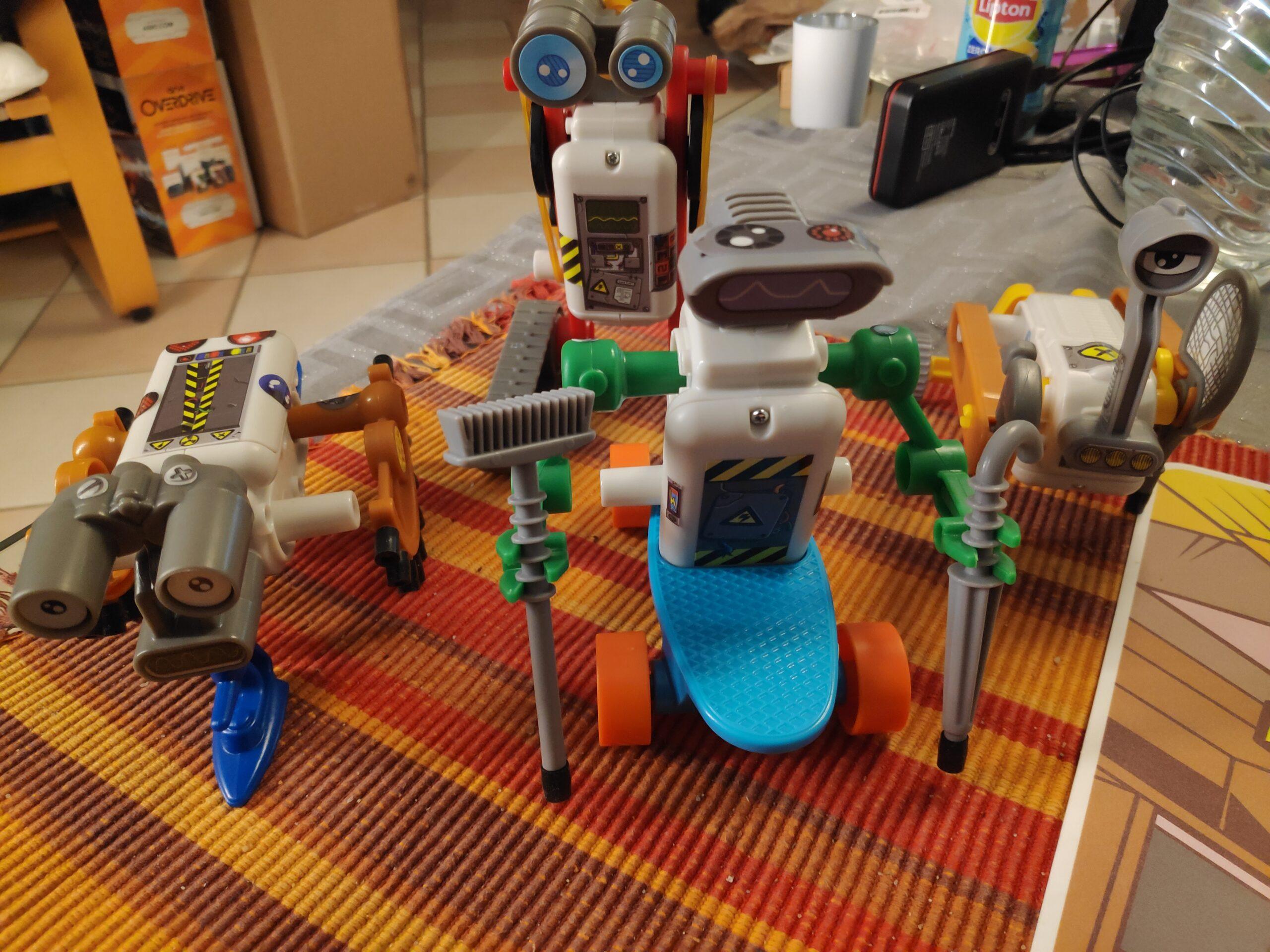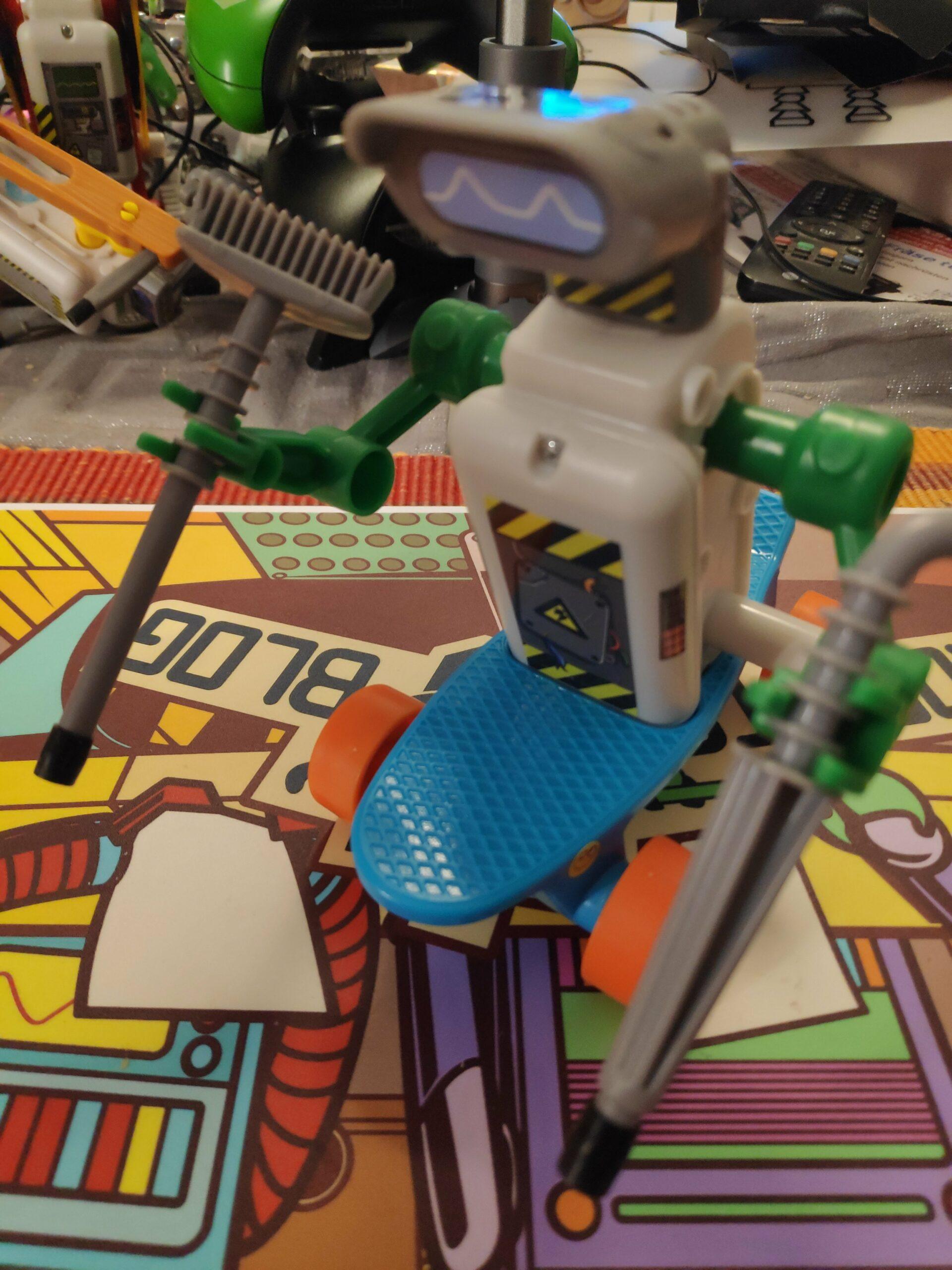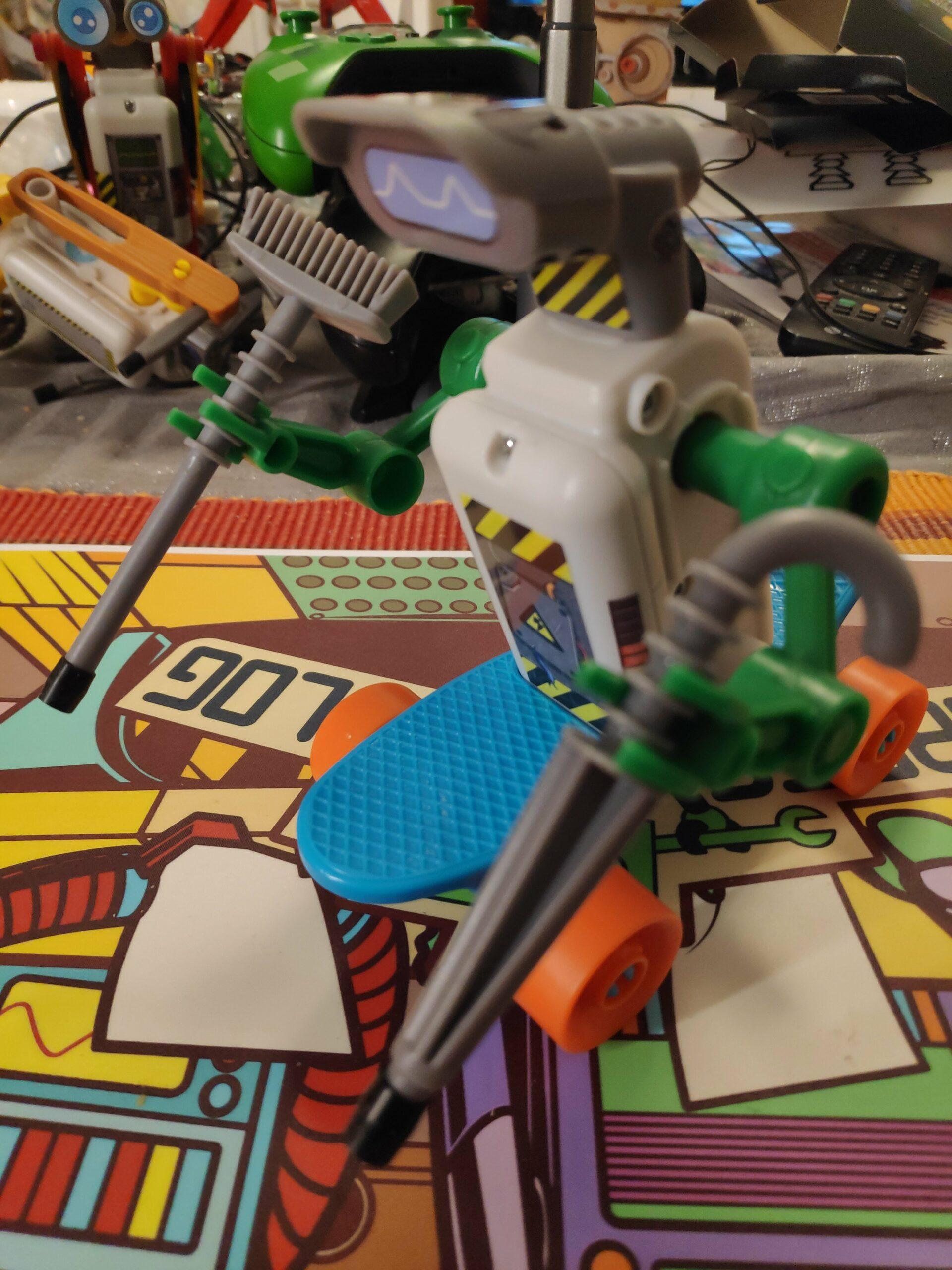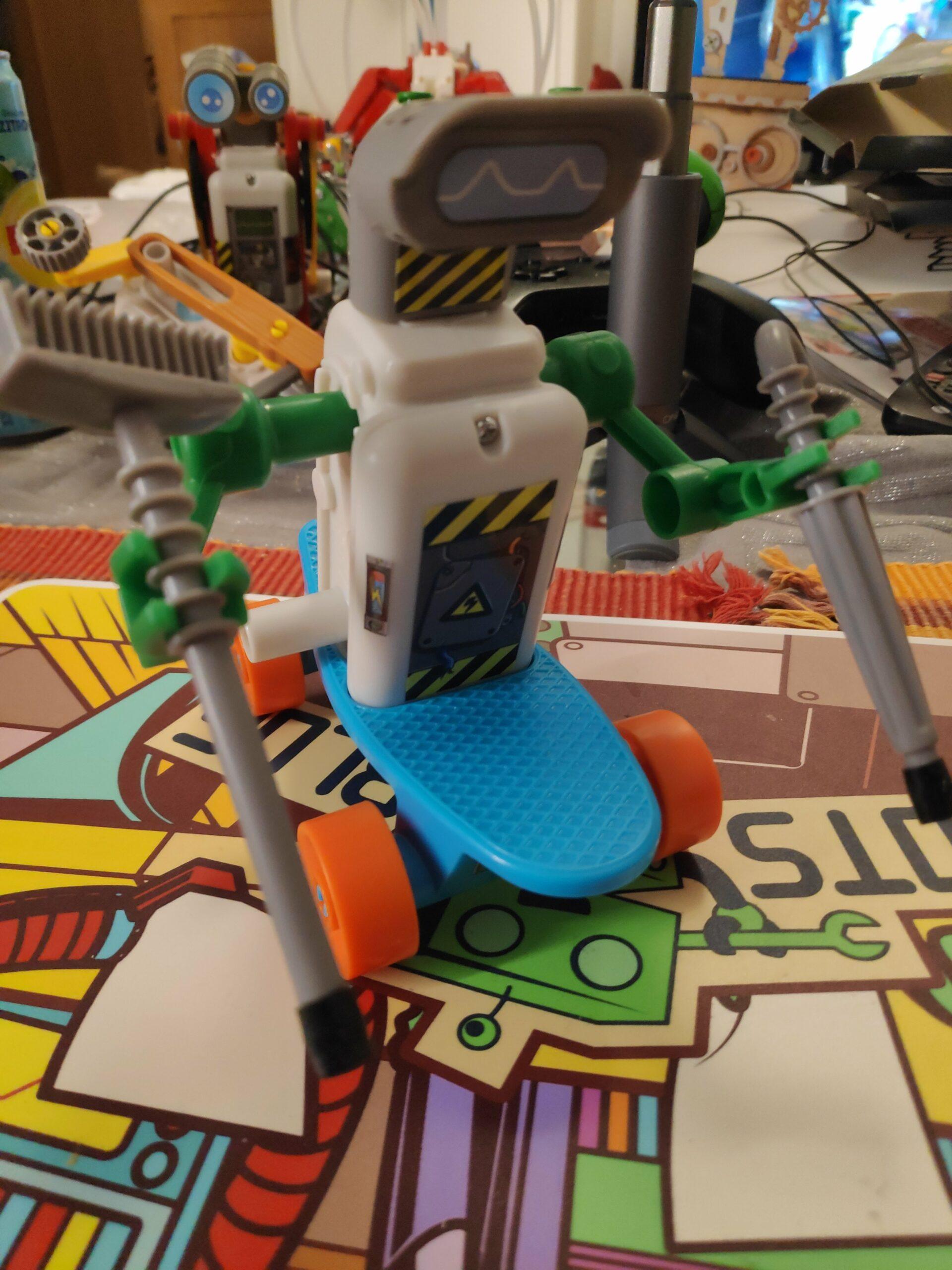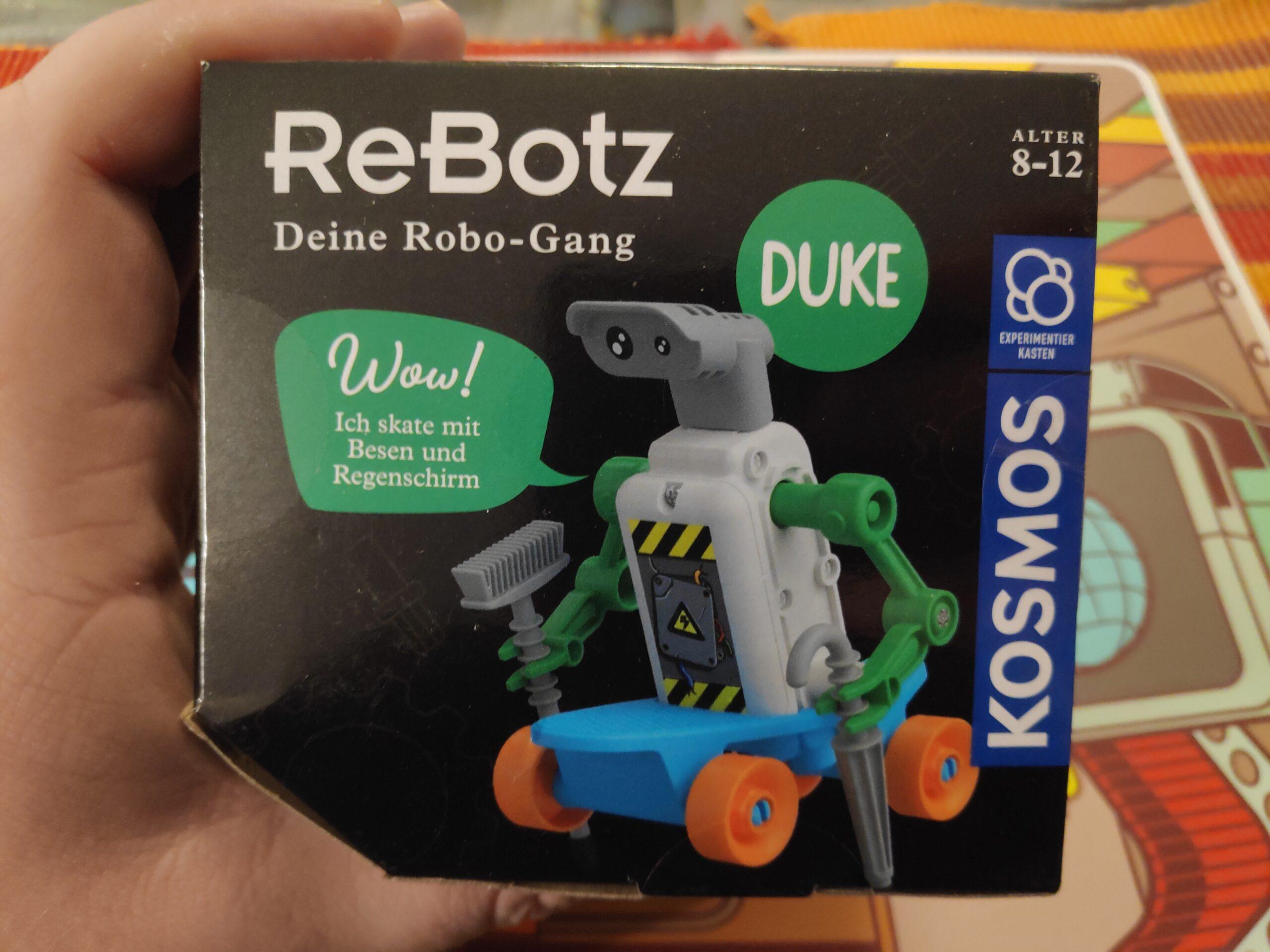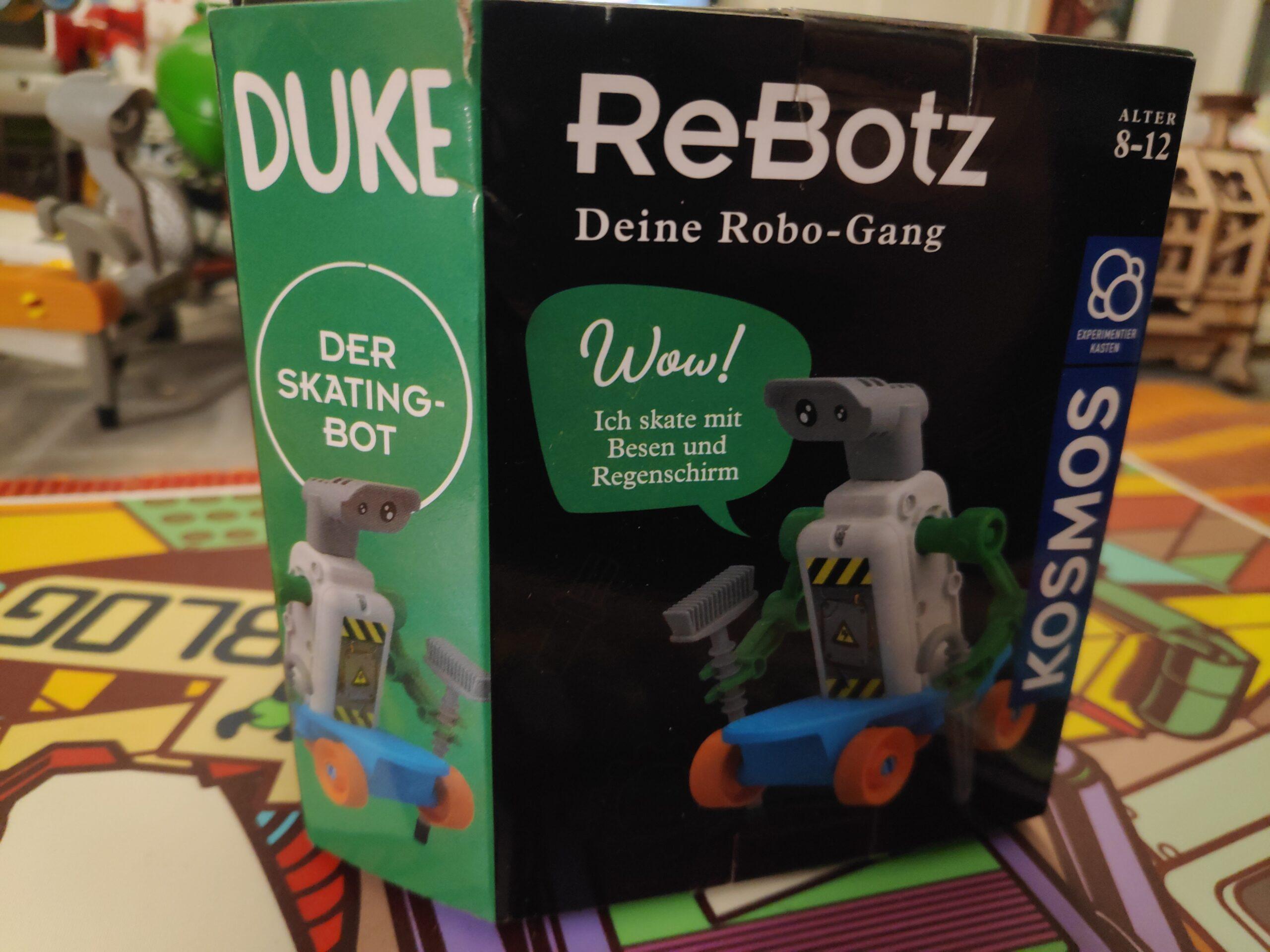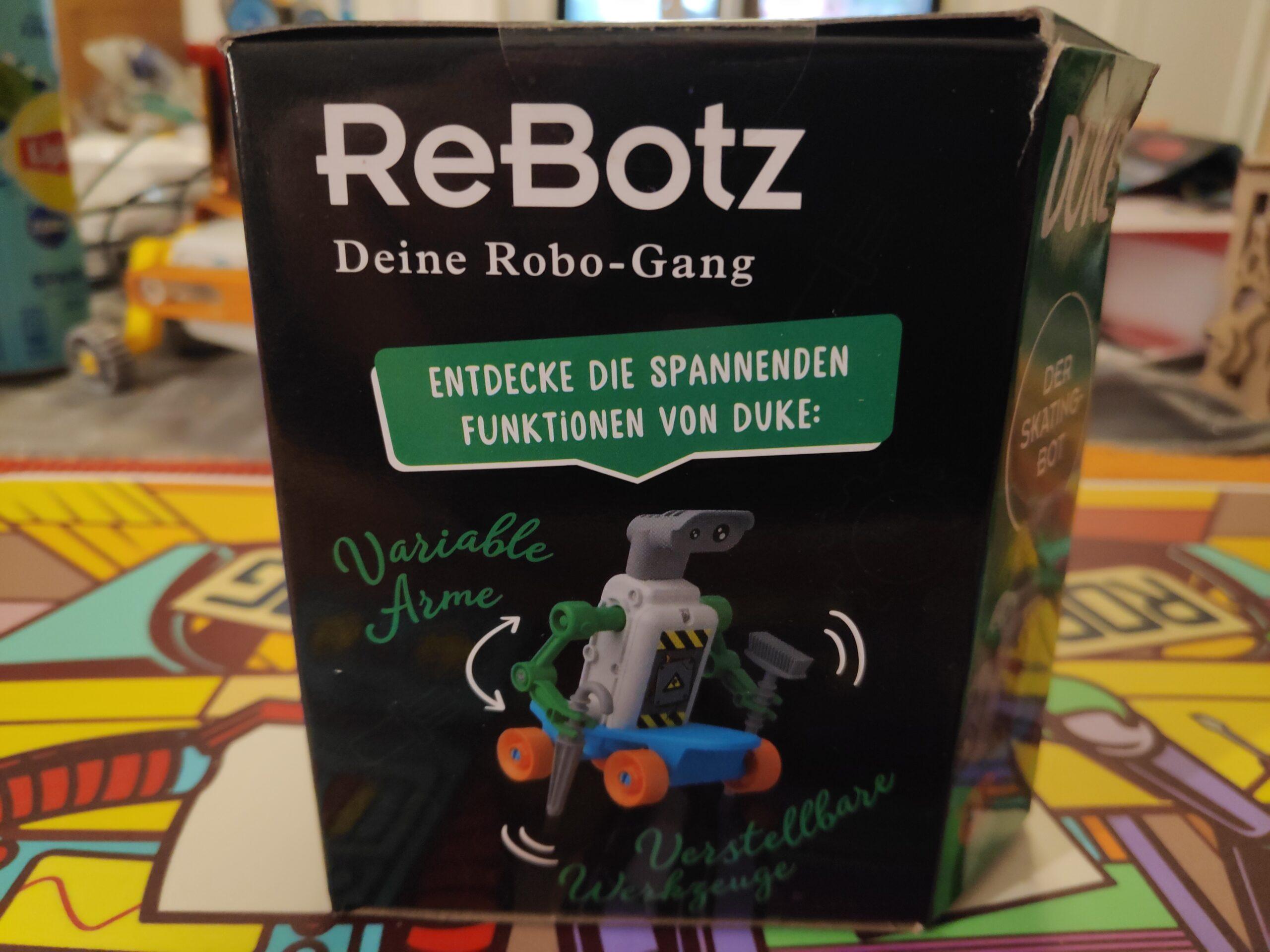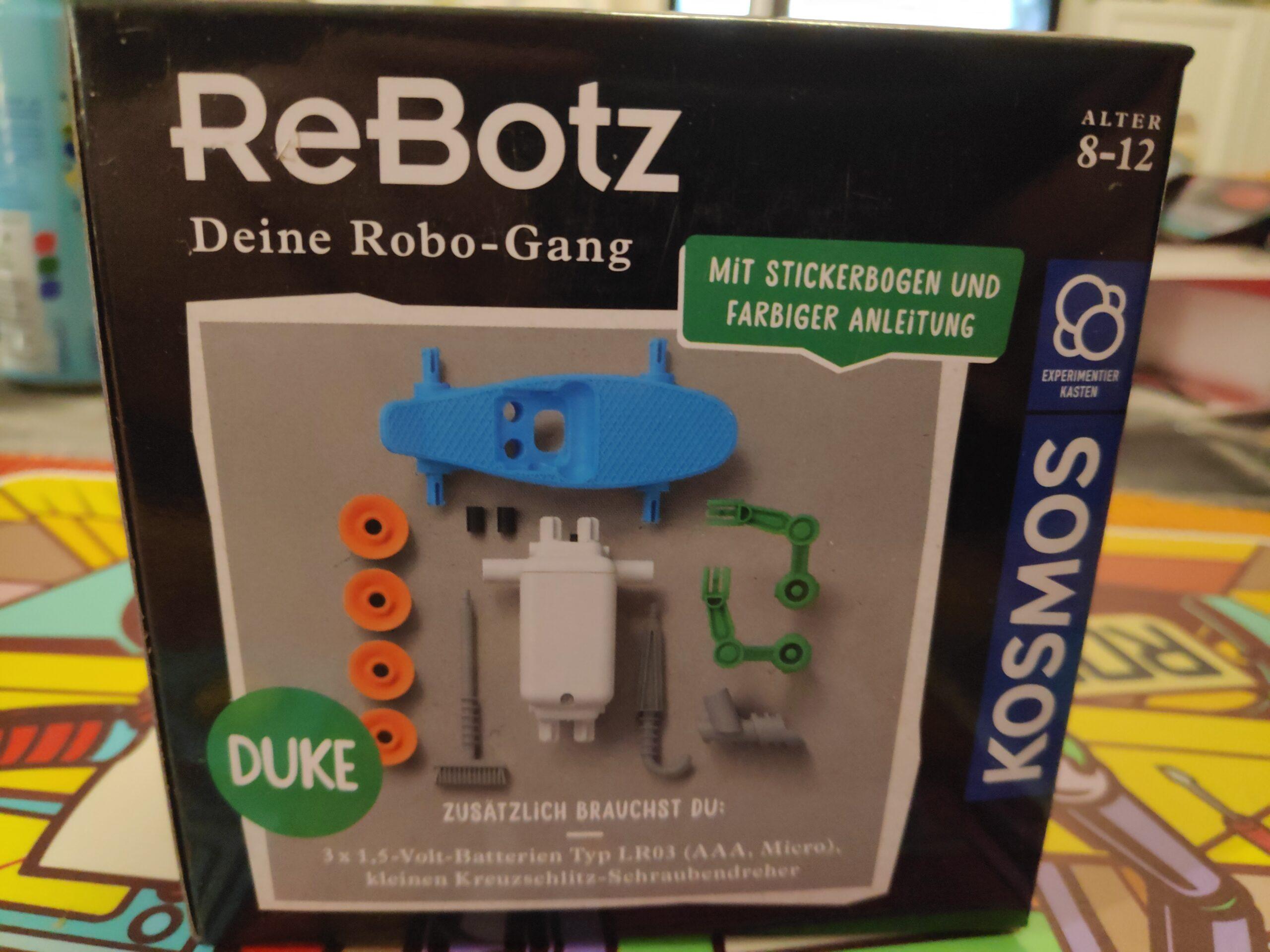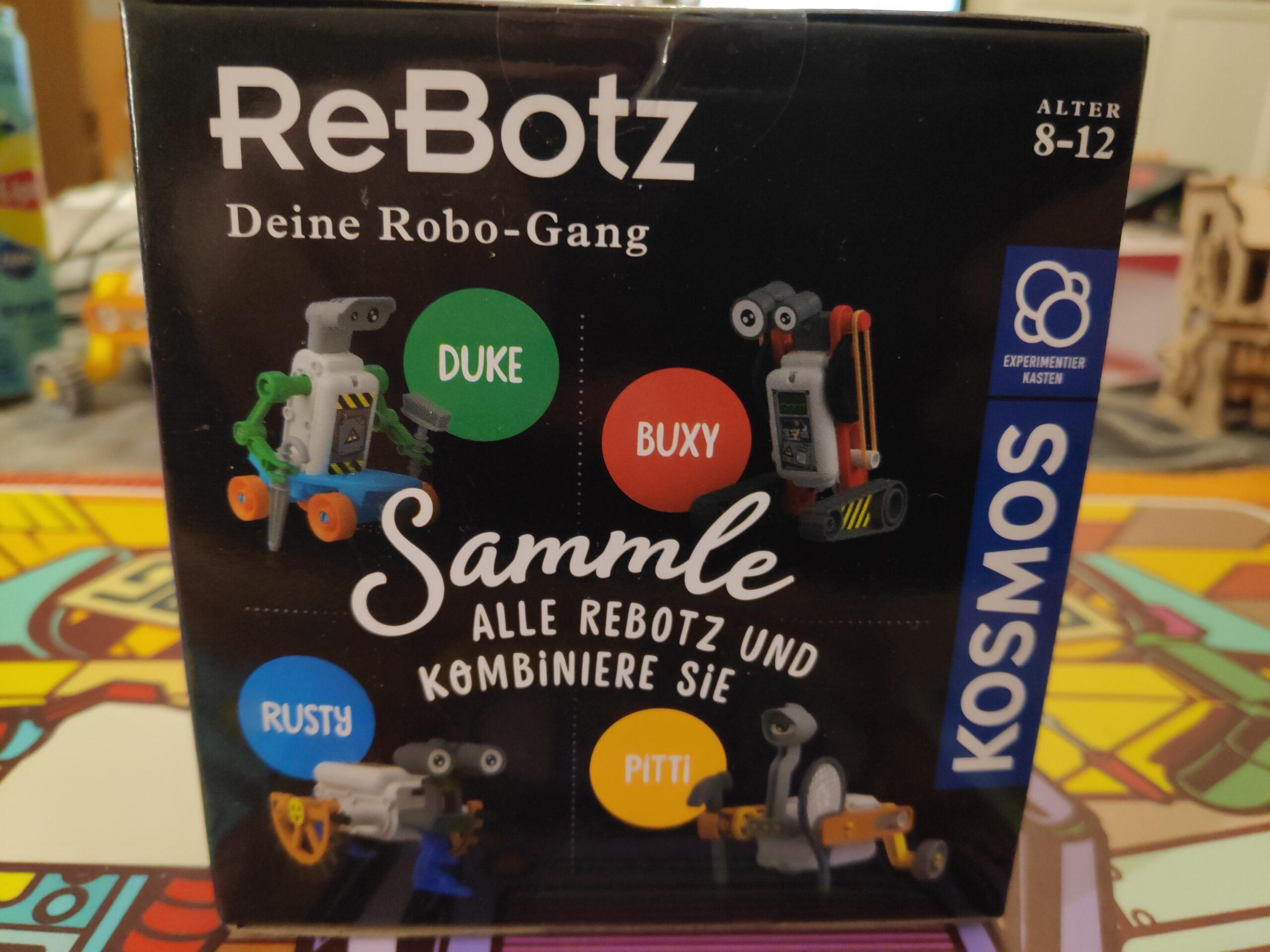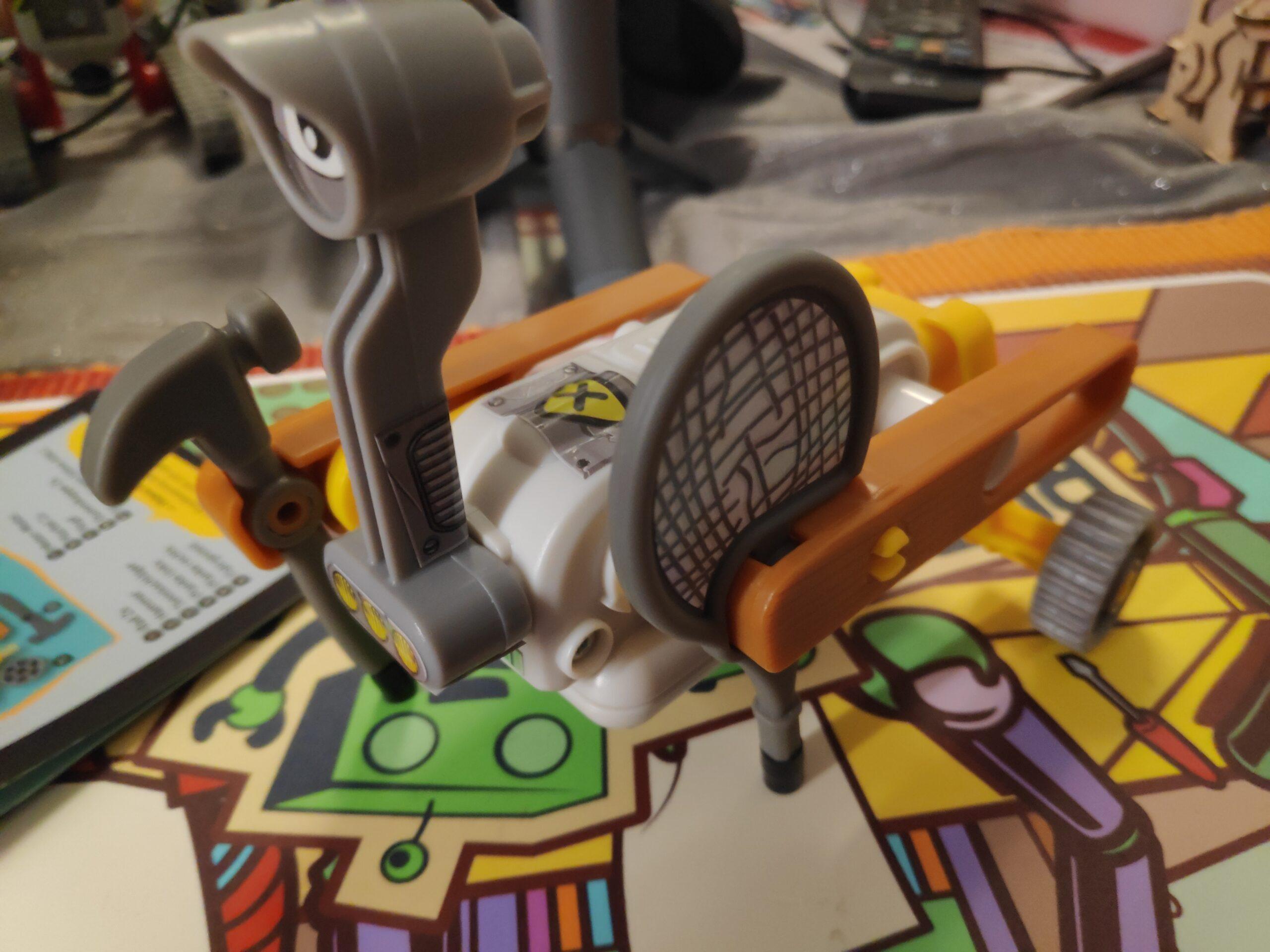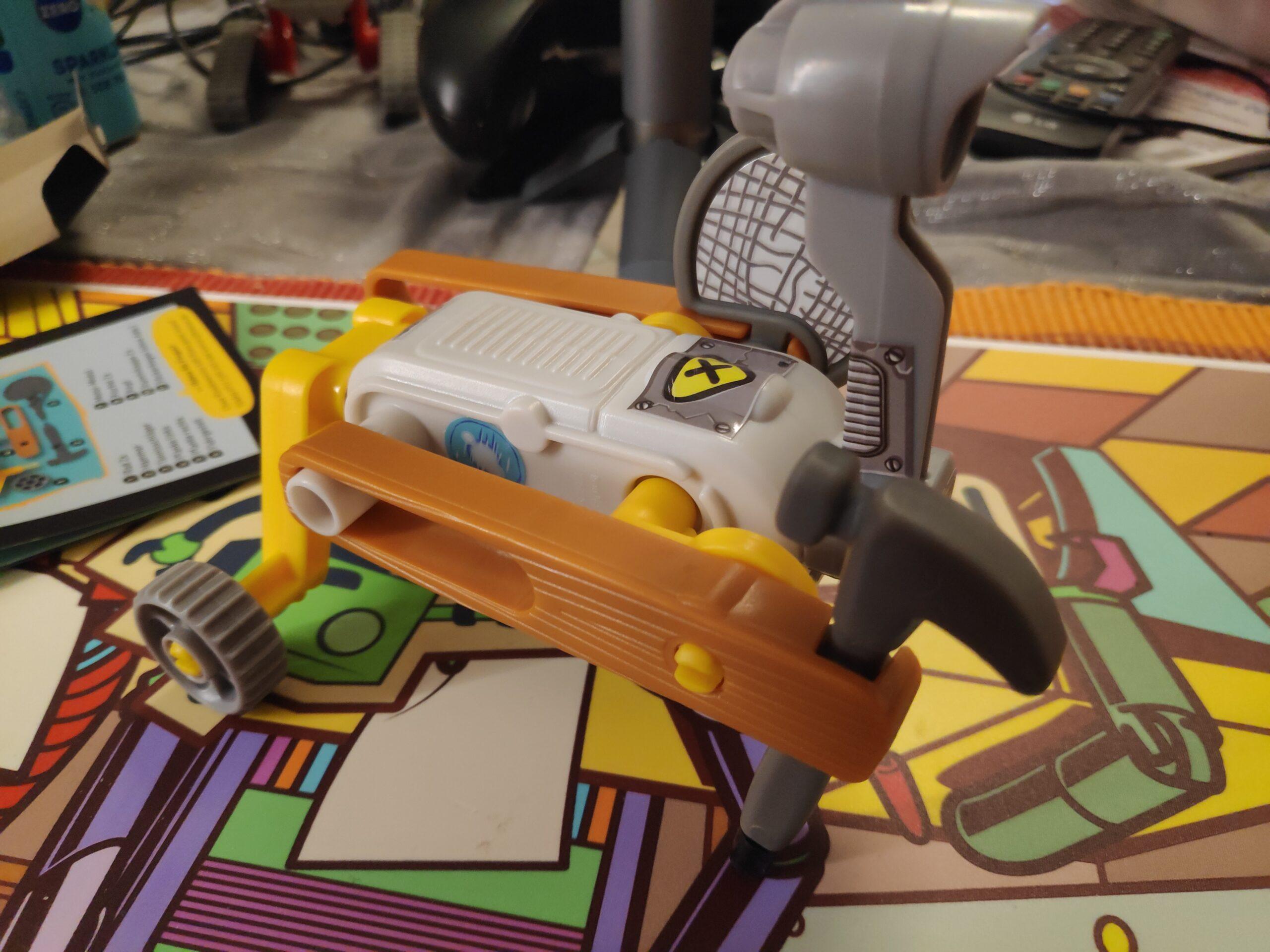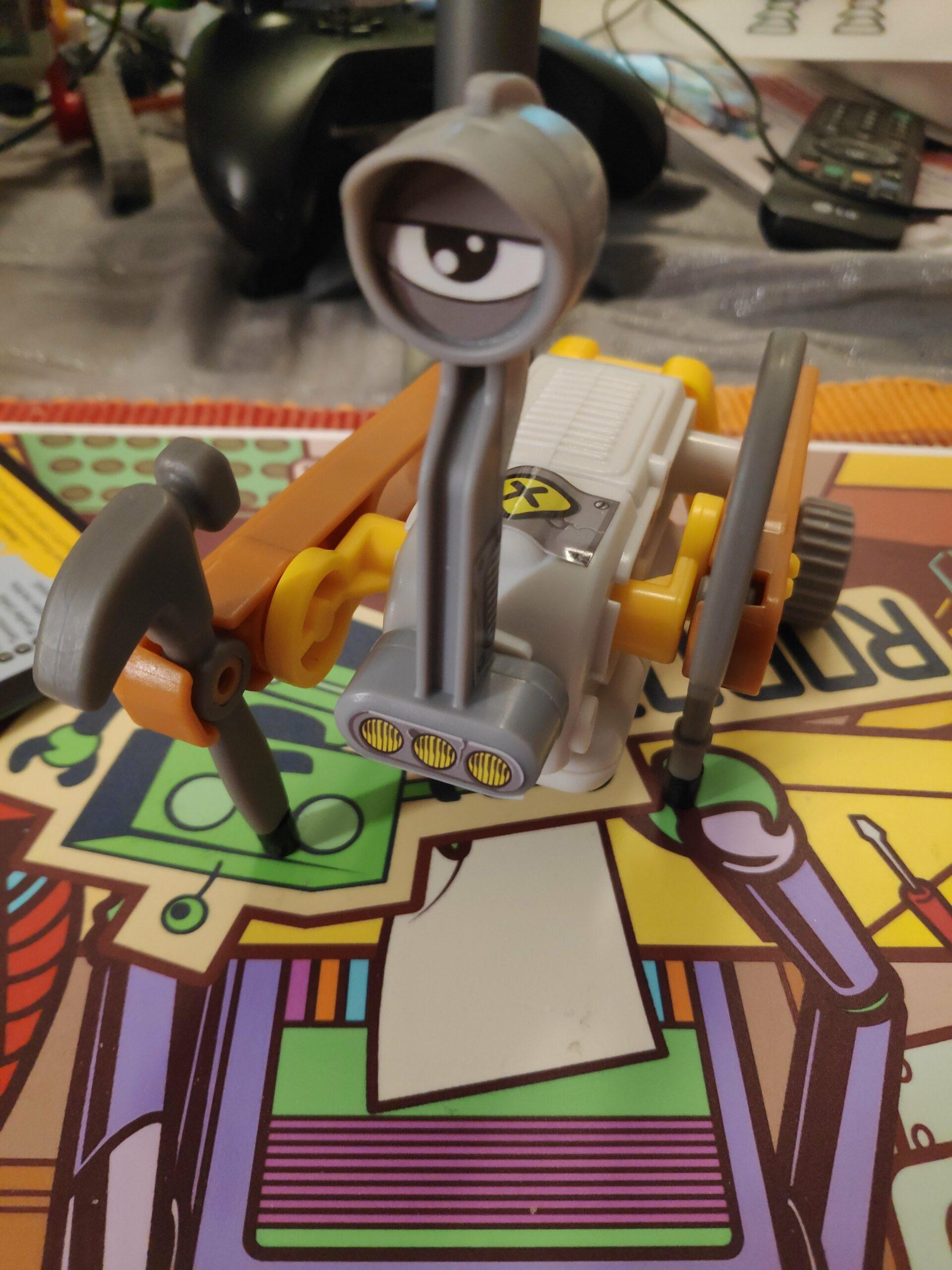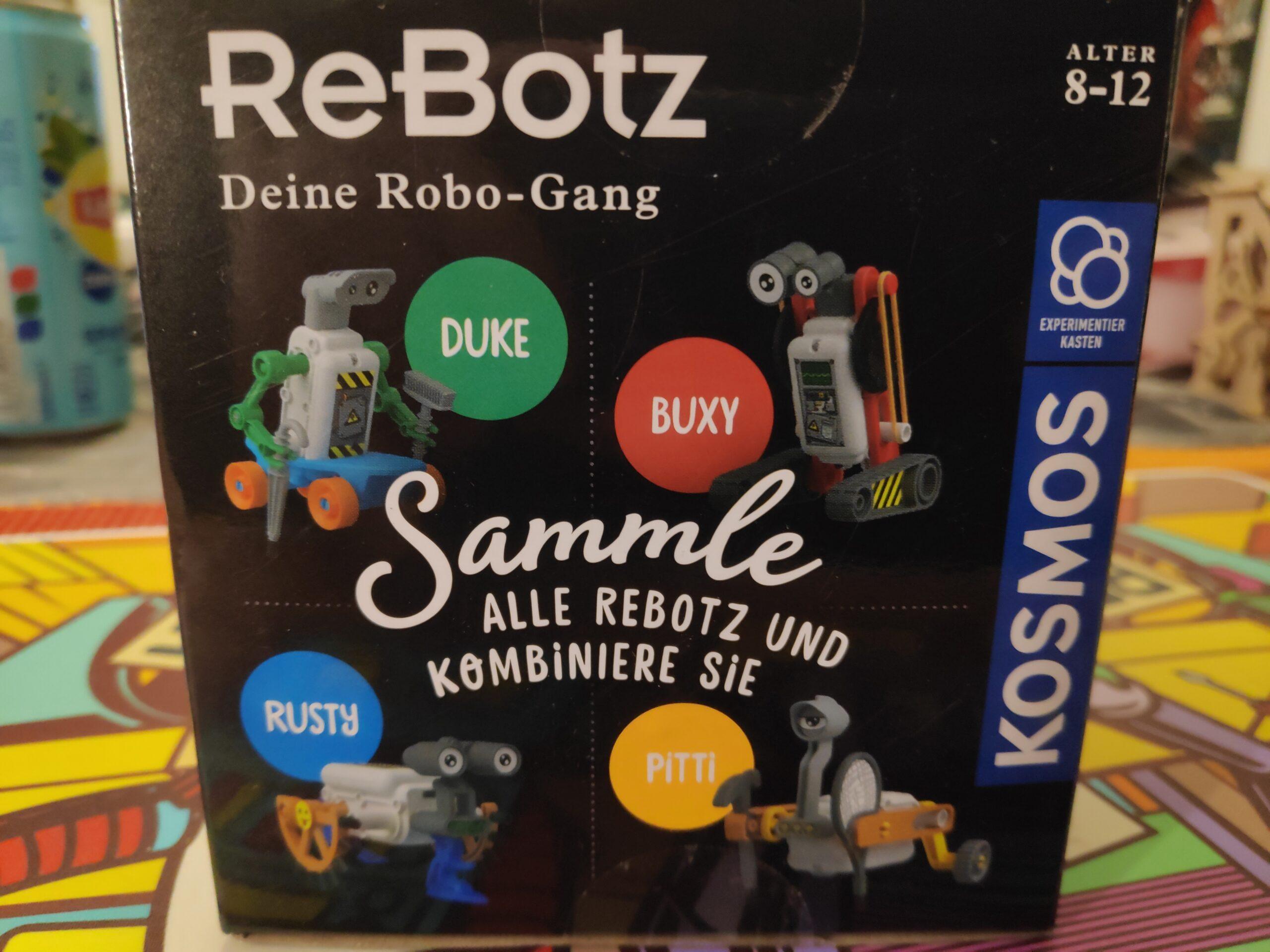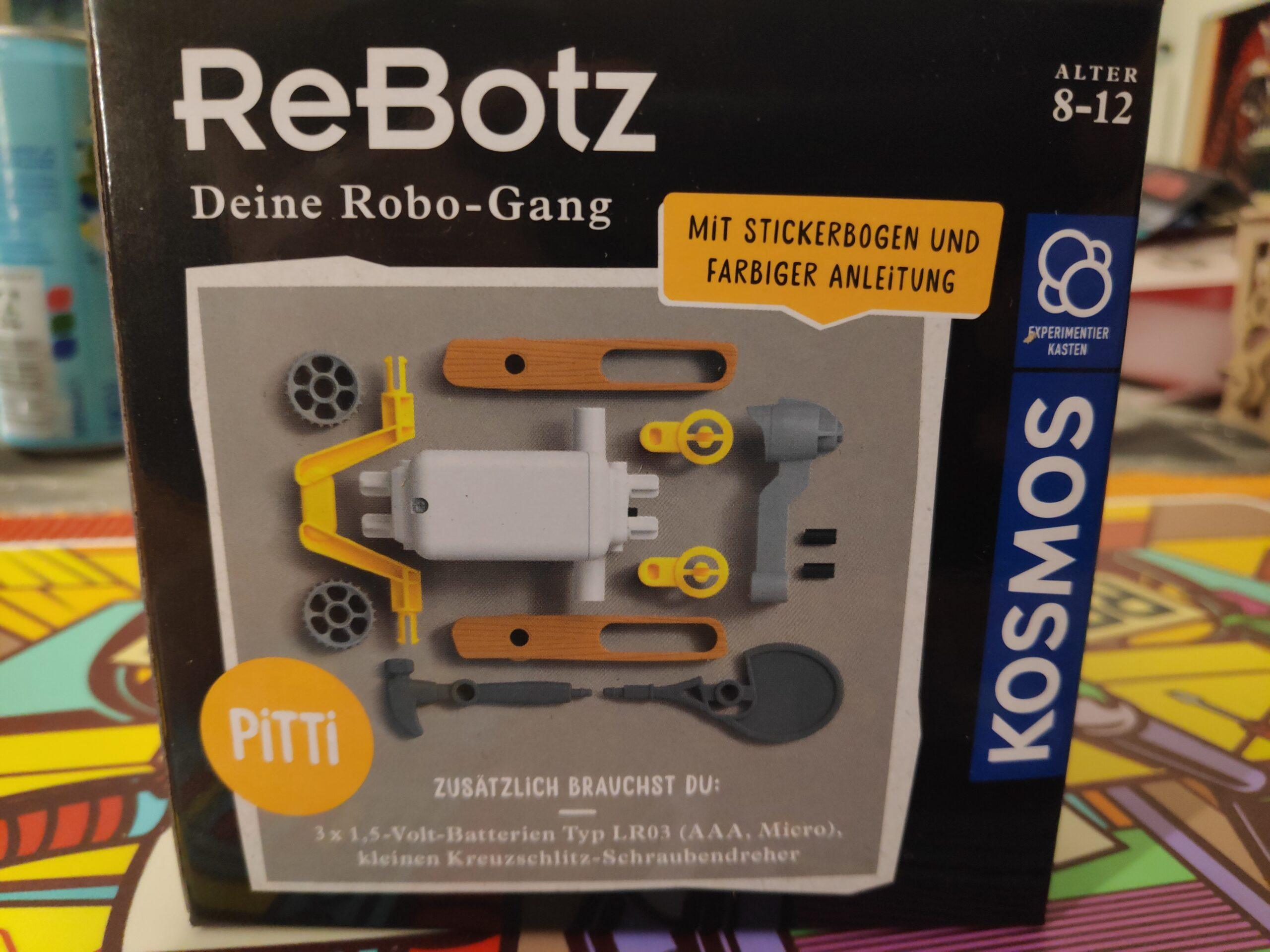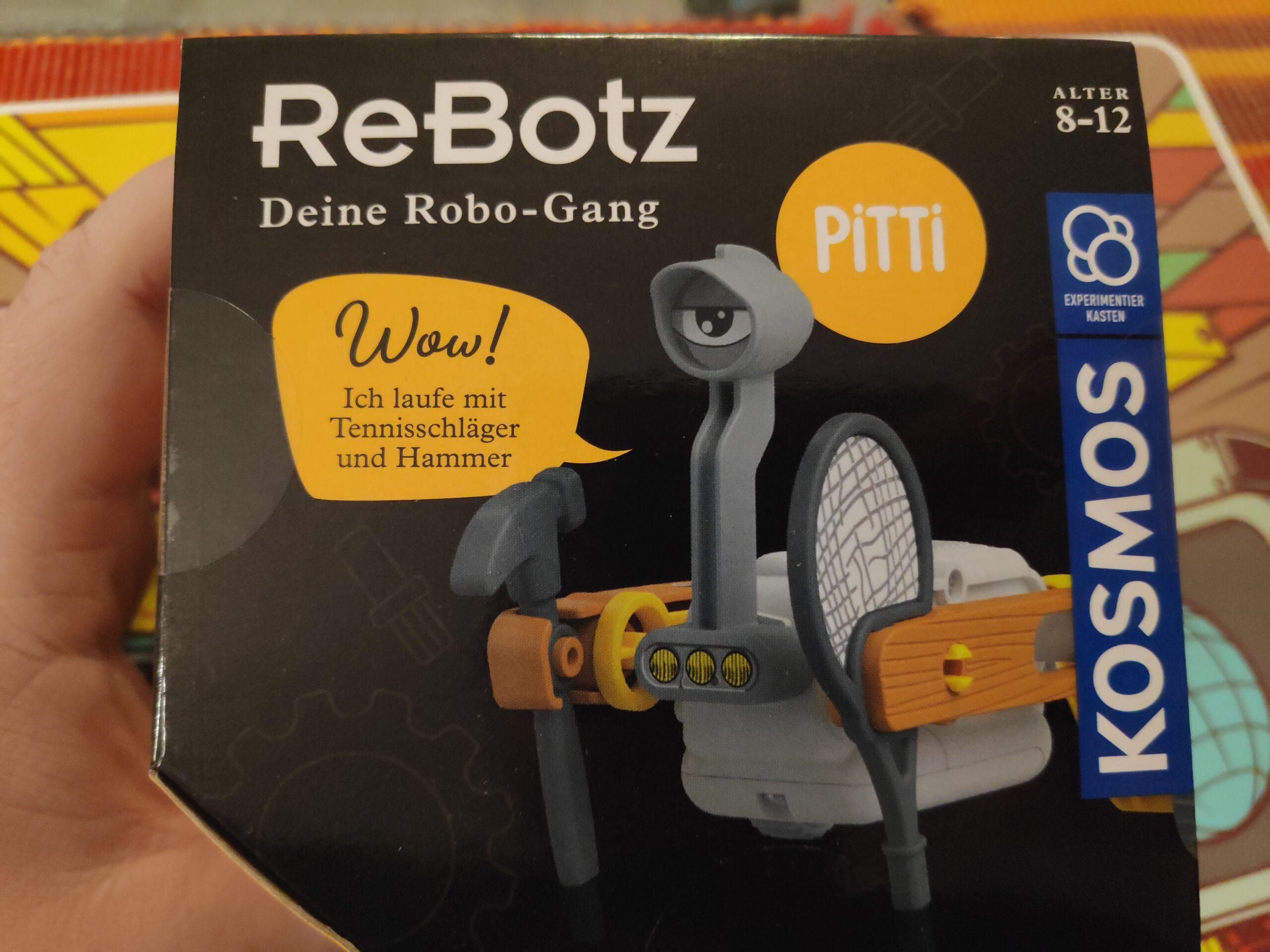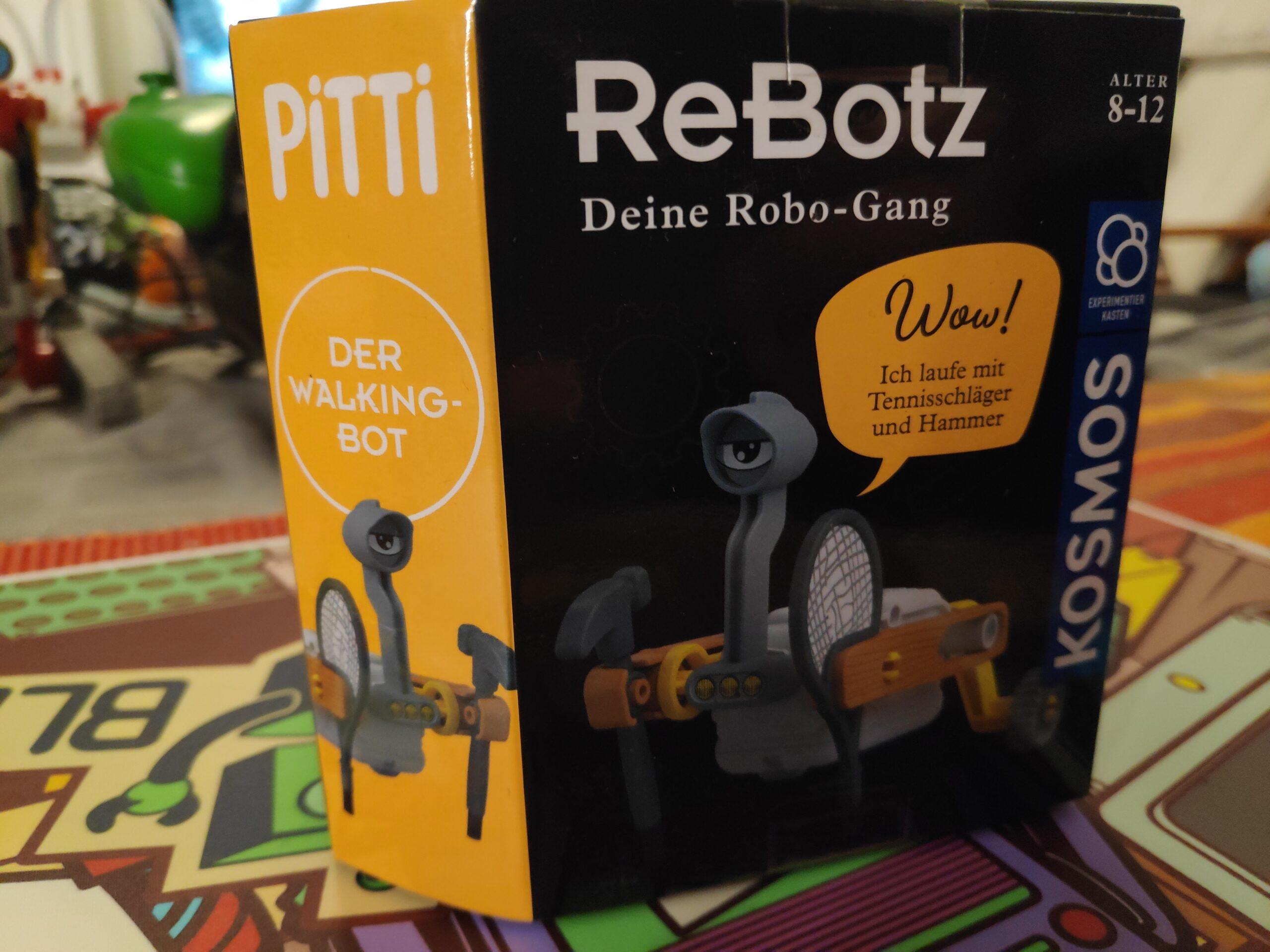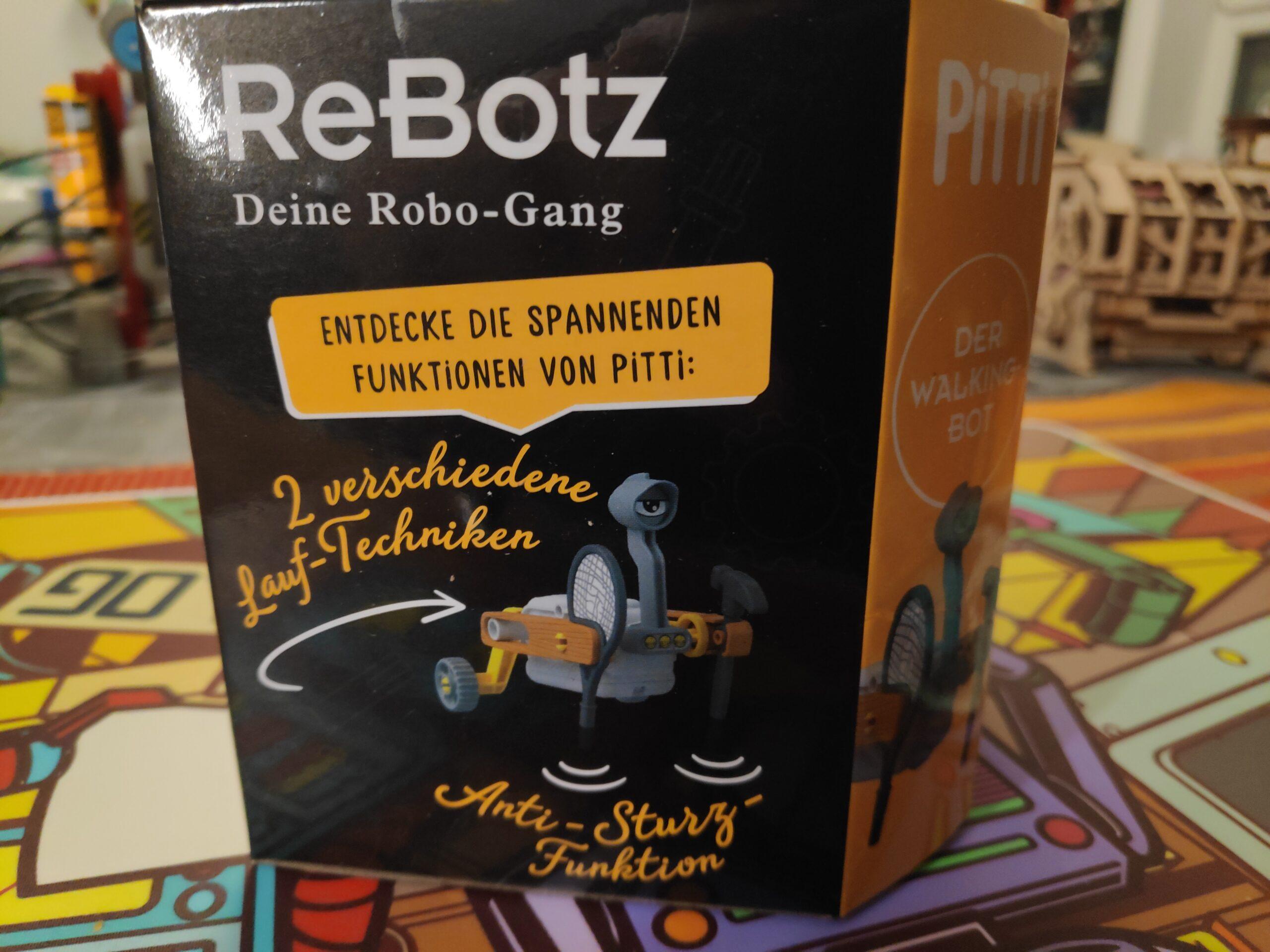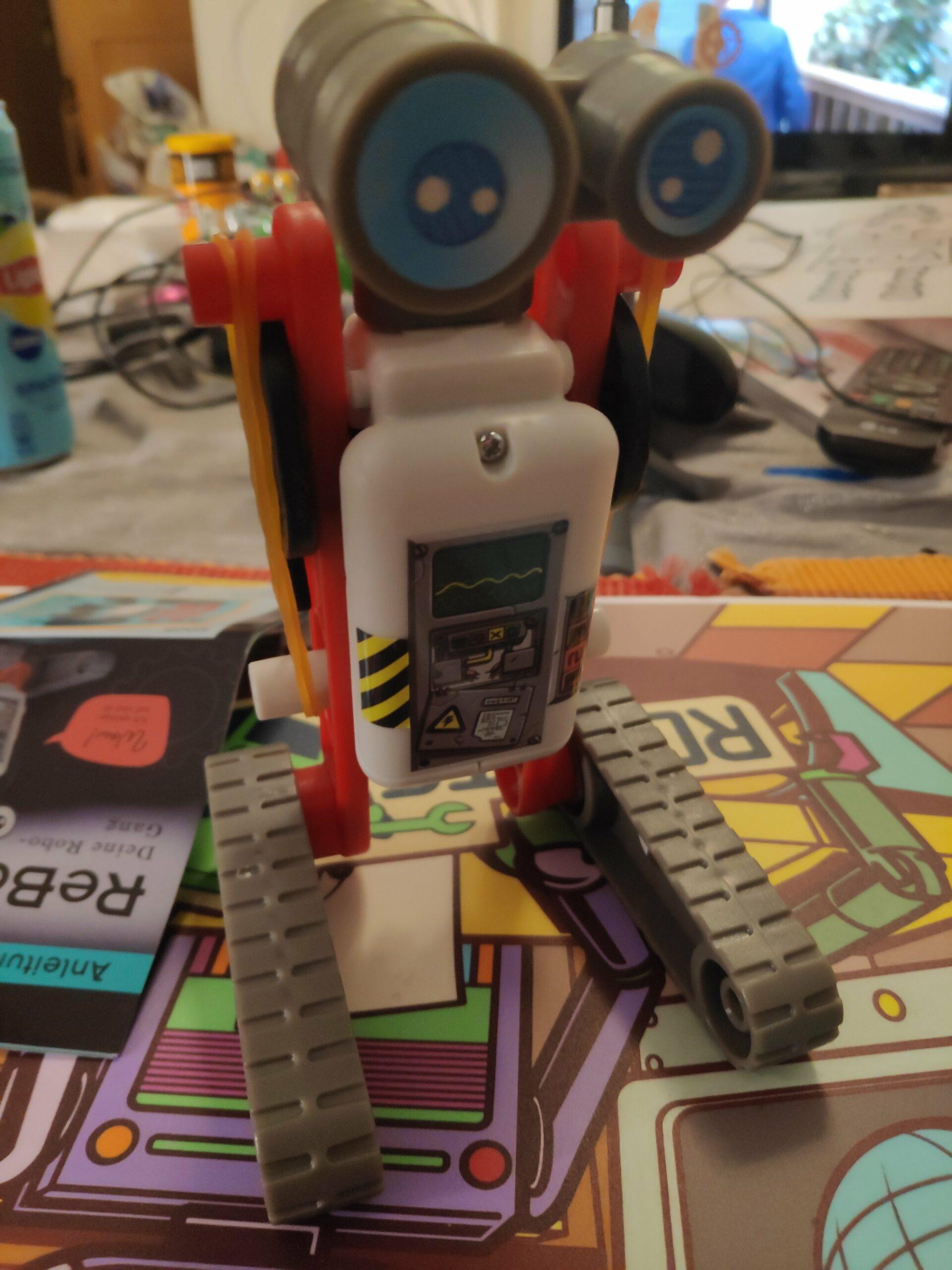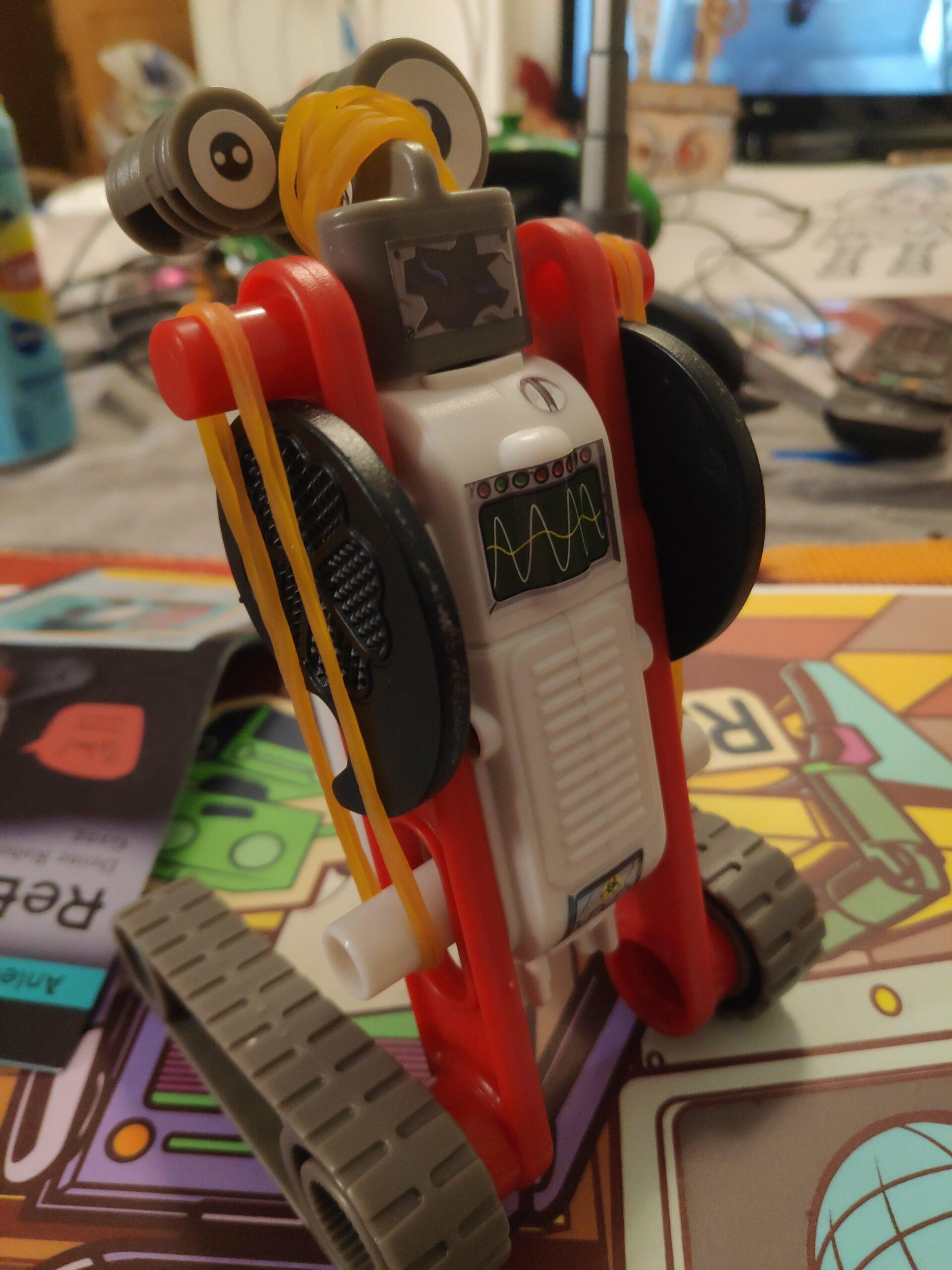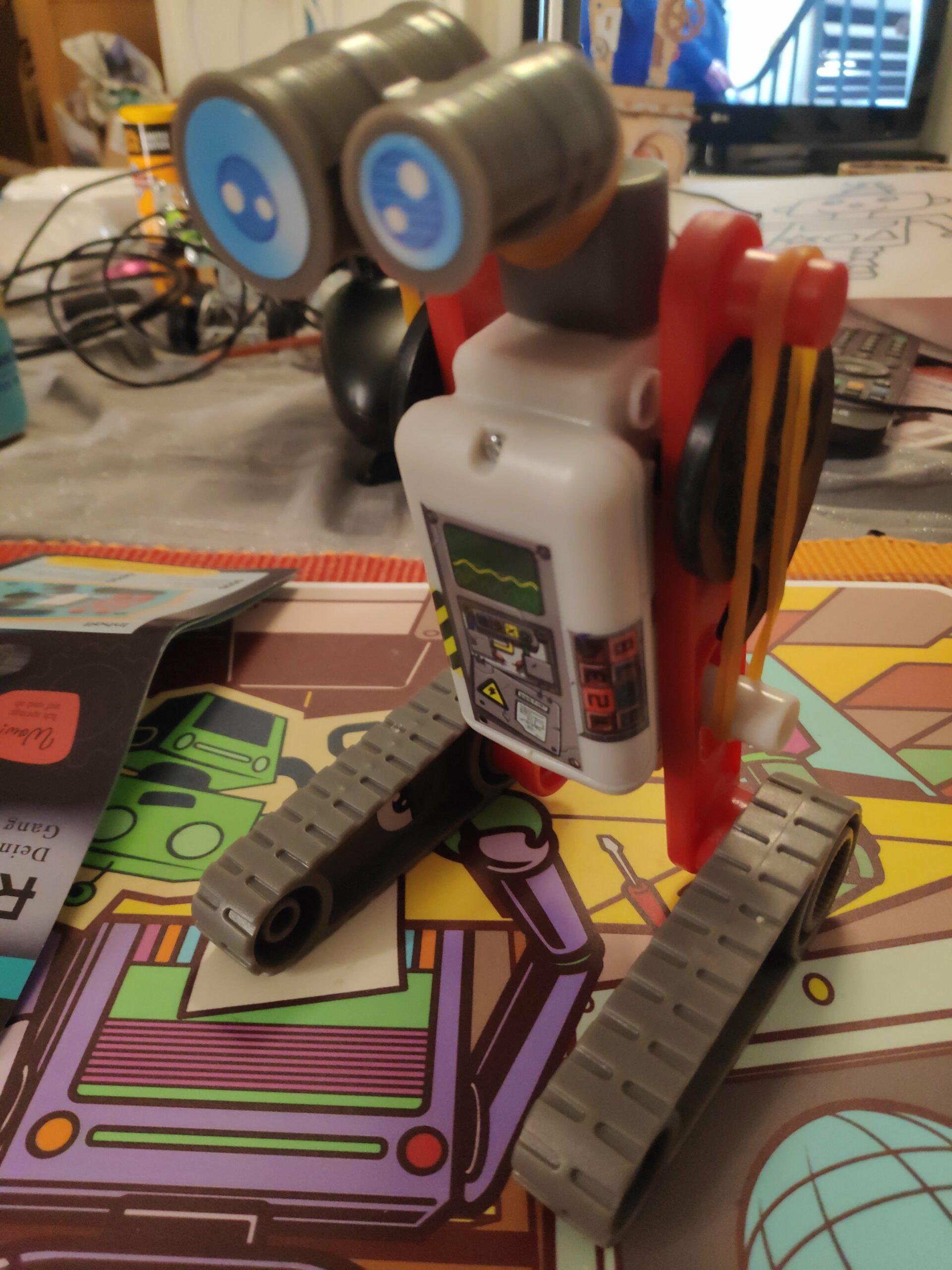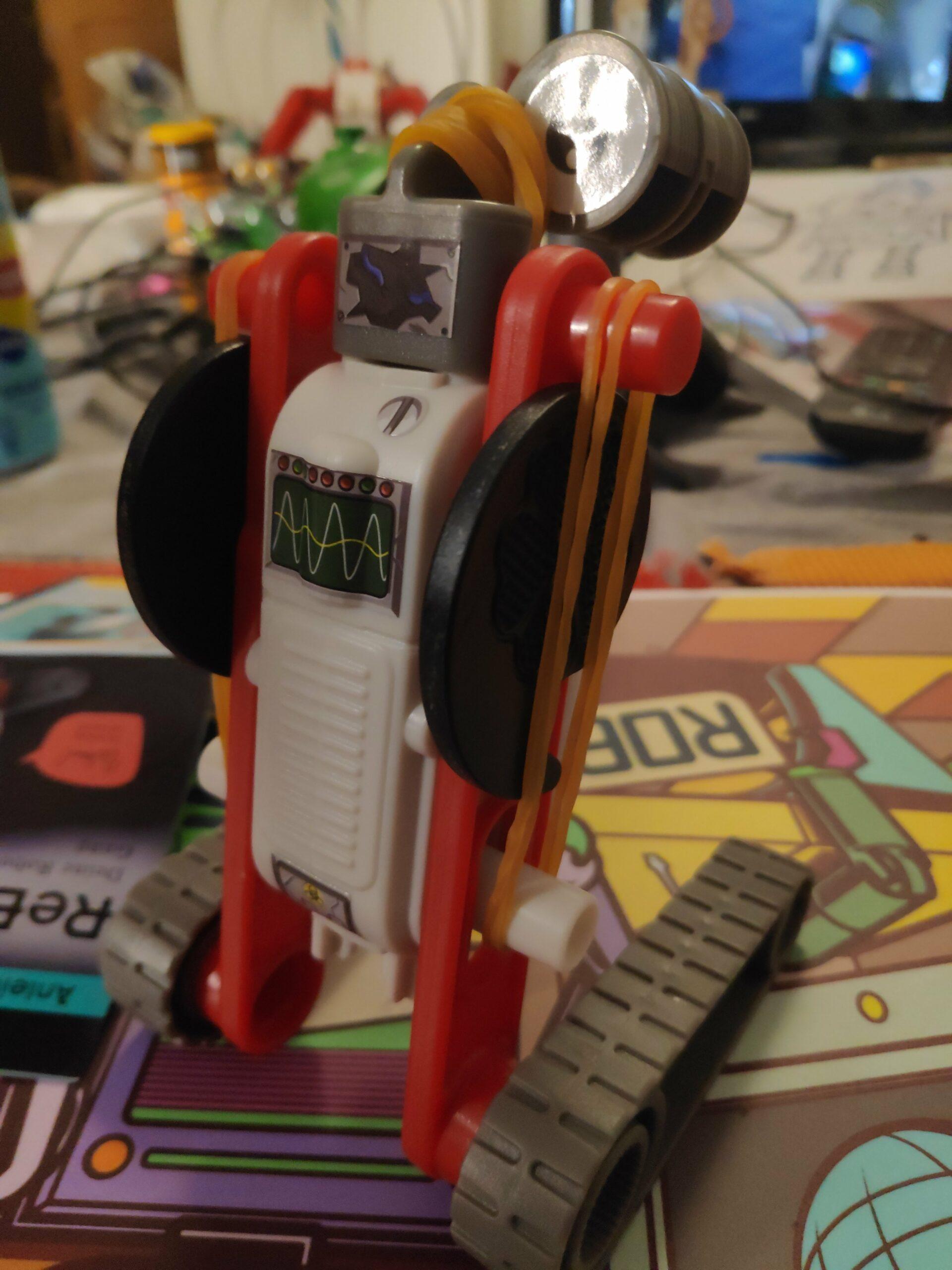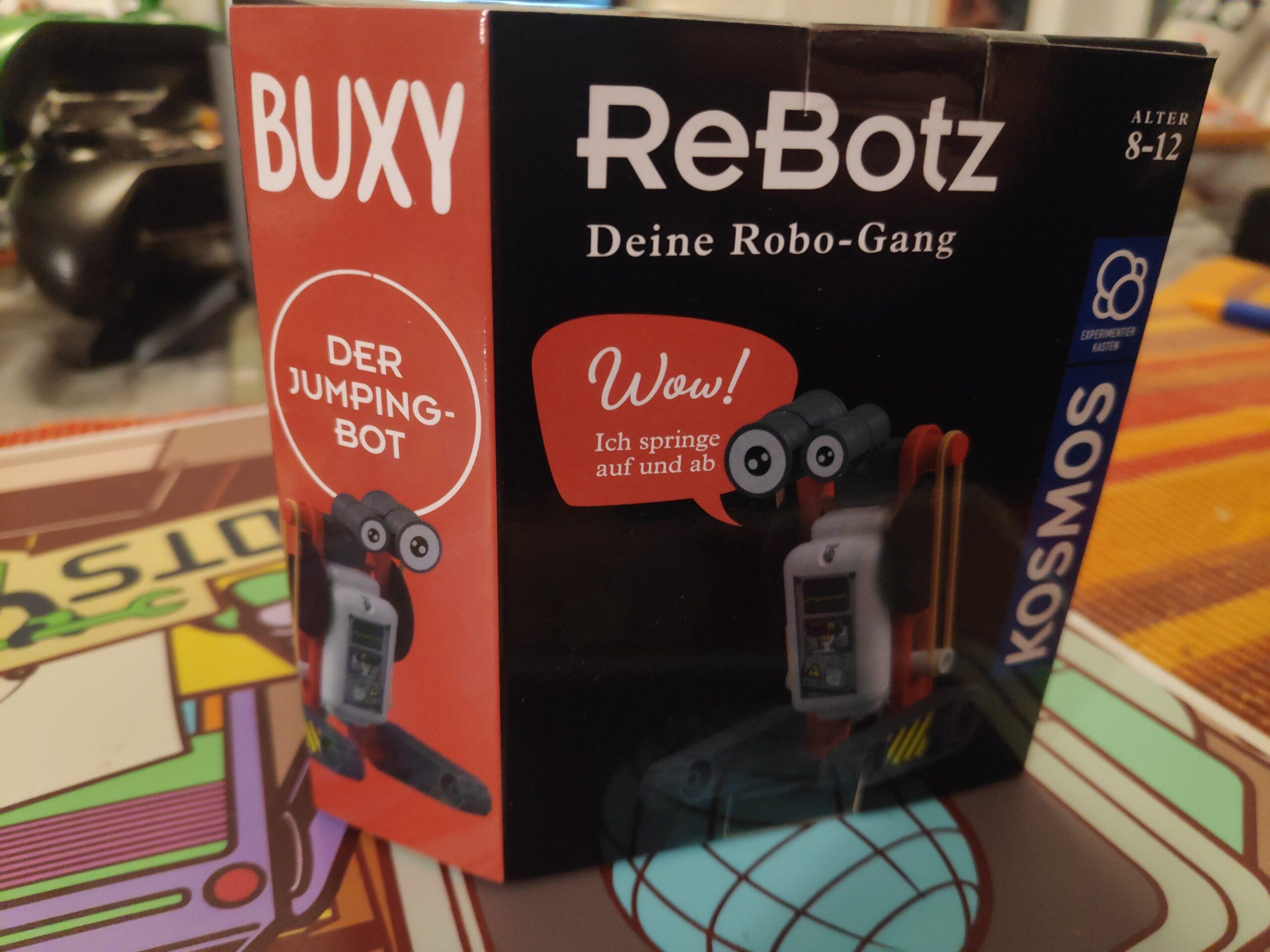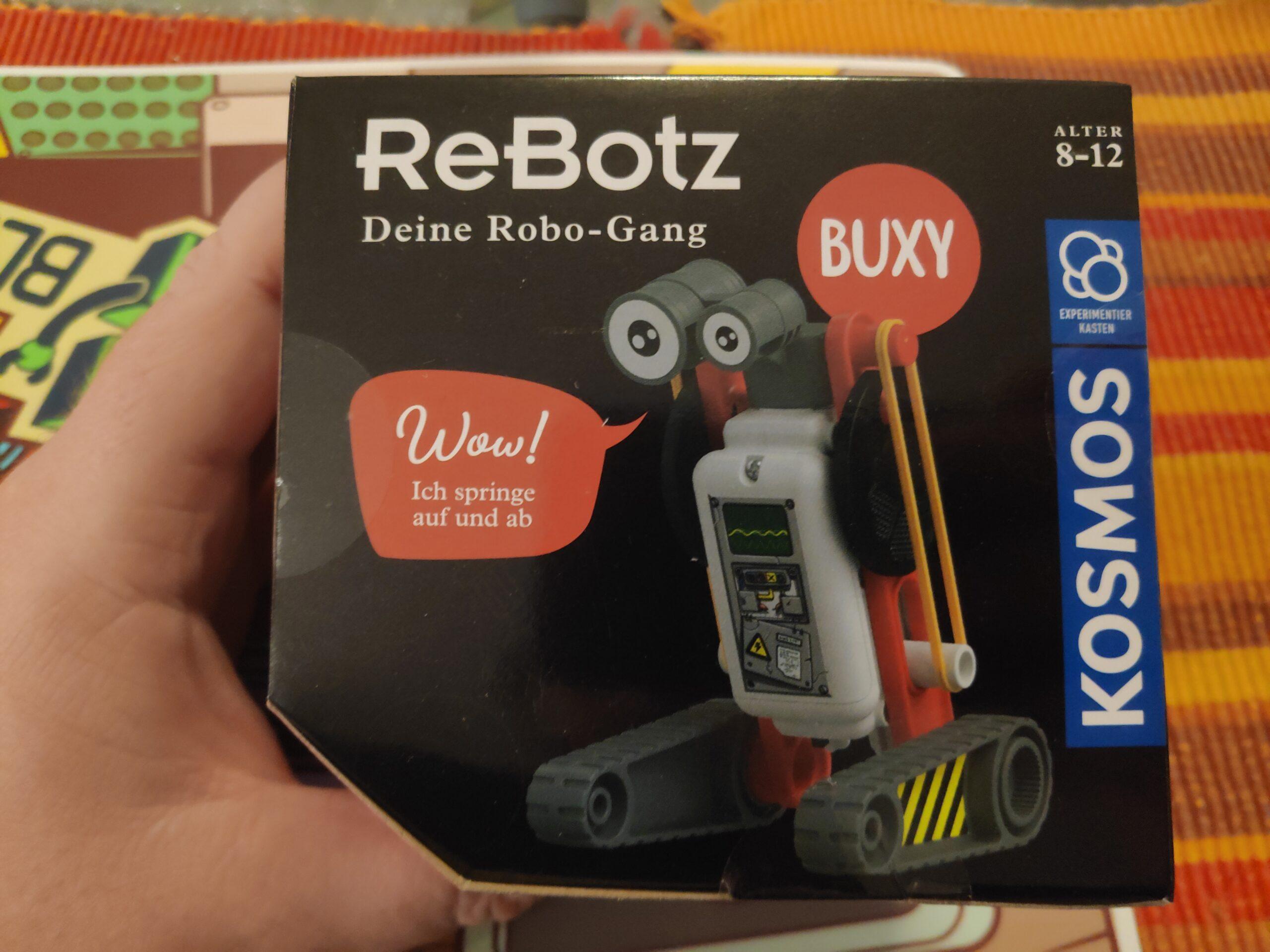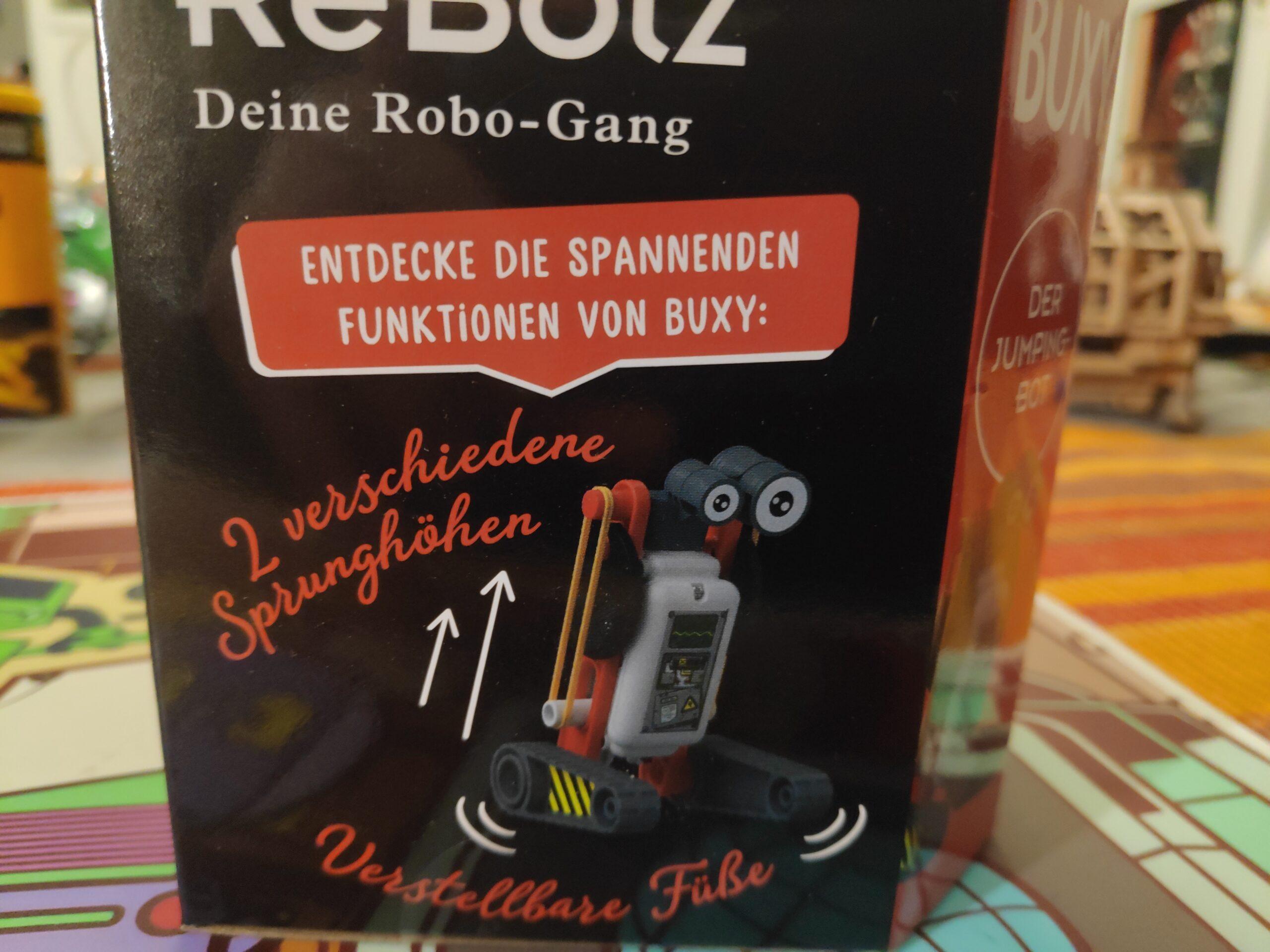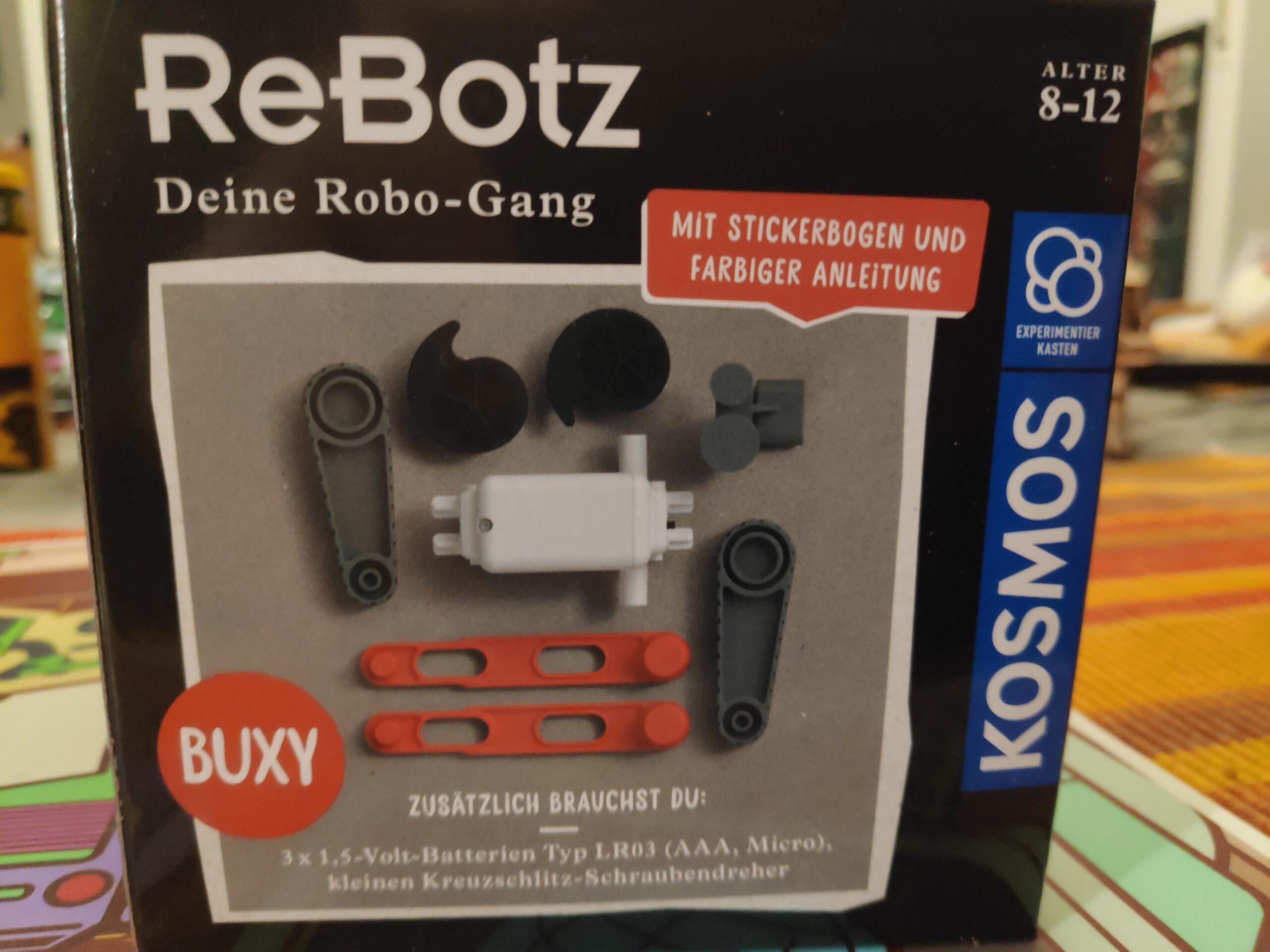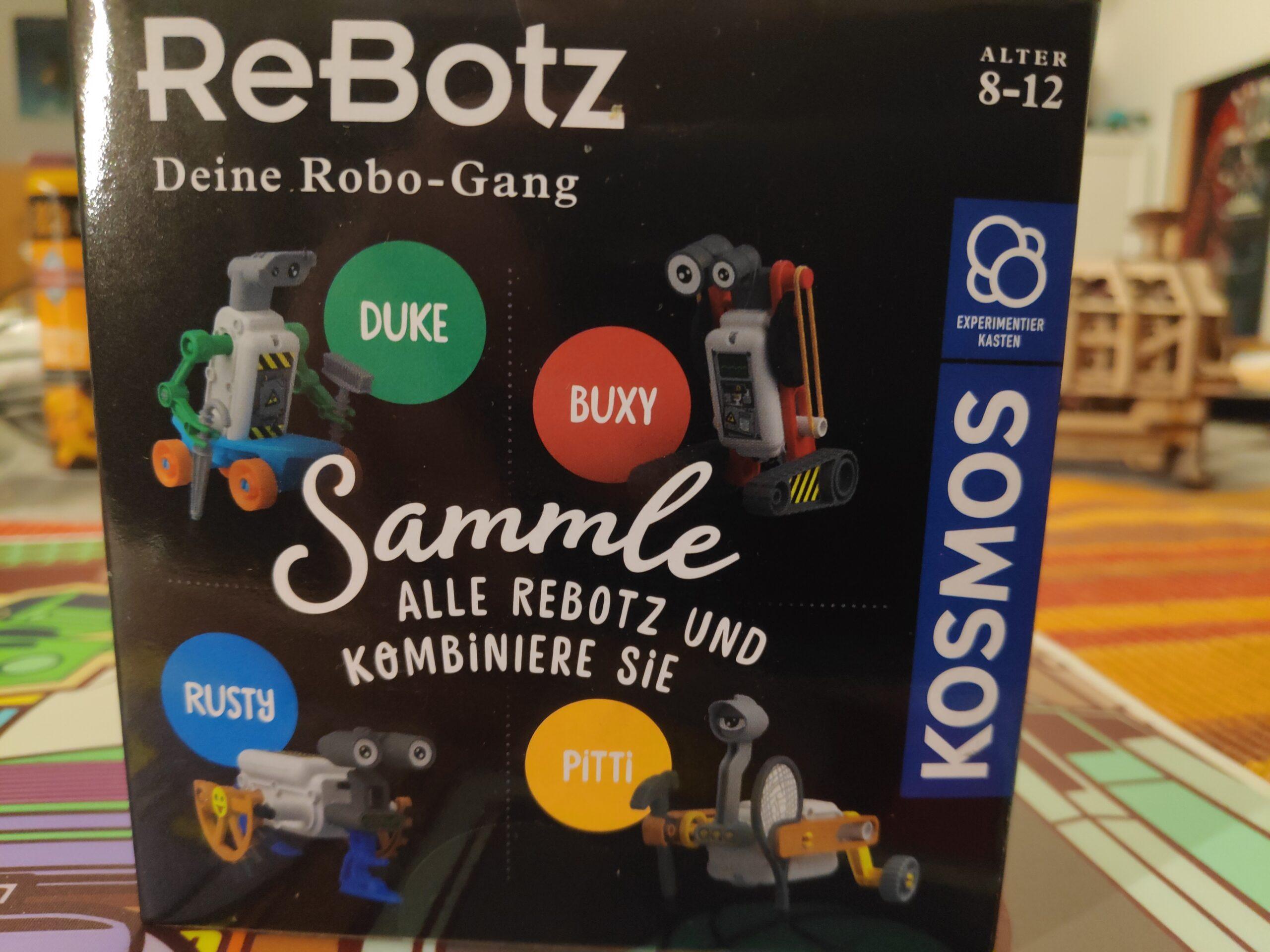All-in-One Embedded Vision Plattform mit neuen Werkzeugen und Funktionen
(PresseBox) (Obersulm) Bei IDS bedeutet Bildverarbeitung mit künstlicher Intelligenz nicht nur, dass die KI direkt auf Kameras läuft und Anwender zusätzlich enorme Gestaltungsmöglichkeiten durch Vision Apps haben. Kunden erhalten mit der Embedded-Vision-Plattform IDS NXT ocean vielmehr alle erforderlichen, aufeinander abgestimmten Tools und Workflows, um eigene KI-Vision-Anwendungen ohne Vorwissen zu realisieren und direkt auf den IDS NXT Industriekameras auszuführen. Jetzt folgt das nächste kostenlose Softwareupdate für das KI-Paket. Im Fokus steht neben dem Thema Benutzerfreundlichkeit auch der Anspruch, die künstliche Intelligenz für den Anwender anschaulich und nachvollziehbar zu machen.

Ein All-in-One System wie IDS NXT ocean, das durch den von IDS entwickelten „deep ocean core“ über integrierte Rechenleistung und künstliche Intelligenz verfügt, eignet sich bestens für den Einstieg in AI Vision. Es erfordert weder Vorkenntnisse in Deep Learning noch in der Kameraprogrammierung. Das aktuelle Softwareupdate macht die Einrichtung, Inbetriebnahme und Steuerung der intelligenten Kameras im IDS NXT cockpit noch einfacher. Hierzu wird unter anderem ein ROI-Editor integriert, mit dem Anwender die auszuwertenden Bildbereiche frei zeichnen und als beliebige Raster mit vielen Parametern konfigurieren, speichern und wiederverwenden können. Darüber hinaus veranschaulichen die neuen Werkzeuge Attention Maps und Confusion Matrix, wie die KI in den Kameras arbeitet und welche Entscheidungen sie trifft. Das macht sie transparenter und hilft dem Anwender, die Qualität eines trainierten neuronalen Netzes zu bewerten und durch gezieltes Nachtraining zu verbessern. Beim industriellen Einsatz von künstlicher Intelligenz spielt auch Datensicherheit eine wichtige Rolle. Ab dem aktuellen Update lässt sich die Kommunikation zwischen IDS NXT Kameras und Anlagenkomponenten deshalb per HTTPS verschlüsseln.
Einfach loslegen mit dem IDS NXT ocean Creative Kit
Wer die industrietaugliche Embedded-Vision-Plattform IDS NXT ocean testen und das Potenzial für die eigenen Anwendungen evaluieren möchte, sollte einen Blick auf das IDS NXT ocean Creative Kit werfen. Kunden erhalten damit alle Komponenten, die sie für die Erstellung, das Trainieren und das Ausführen eines neuronalen Netzes benötigen. Neben einer IDS NXT Industriekamera mit 1,6 MP Sony Sensor, Objektiv, Kabel und Stativadapter enthält das Paket u.a. einen sechsmonatigen Zugang zur KI-Trainingssoftware IDS NXT lighthouse. Aktuell bietet IDS das Set in einer Sonderaktion zu besonders günstigen Konditionen an. Aktionsseite: https://de.ids-imaging.com/ids-nxt-ocean-creative-kit.html.
Weitere Informationen: www.ids-nxt.de

